

ACKNOWLEDGEMENT

Our deepest appreciation and gratitude go out to everyone involved in the CDLA2024. Special thanks to HKU alumni Kate Lau (2 Square Metres), Olgierd Nikta (Atkin Dreiglo), and Monique Wong (Snøhetta Hong Kong) for dedicating their time to enrich this learning experience.
We also extend our heartfelt thanks to the incredible team at Snohetta Hong Kong for opening the doors of their vibrant and creative offices and share with our students.
INTERTWINED

In the current global scenario, where finite resources, various species, and distinct cultures are at risk, landscape architecture plays a vital role in fostering a sustainable future. This multidisciplinary field combines principles from architecture, plastic arts, urban planning, conservation, and ecology to support design strategies for our diverse built environments. The Career Discovery in Landscape Architecture (CDLA) program seeks to explore the critical aspects of this discipline through a unique experiential learning approach, unpacking its potential and significant role for our ever-changing societies. Landscape architecture analyses, studies, designs, envisions and re-thinks the interaction between nature and the built environment. The CDLA2024 framework is “INTERTWINED” underscoring nature as a fragile dynamic system that is in constant interaction. Flora and fauna are intertwined creating living systems which allow the emergence of ecologies, key to sustain our future.

Activities across the program allow students to reflect on the significance of the intertwined existing plants, animals, human beings and built environments in Hong Kong and to learn the wide presence of landscape design components within our cities, rural contexts and protected areas.

field trip to Pak Nai, Yuen Long

COLLABORATIVE : INTERDISCIPLINARY
The CDLA offers a multi-cultural and collaborative experience where students learn from multiple disciplines. Artists, practitioners and craftswomen were involved. In the CDLA2024, Snohetta, The Fung Yuen Butterfly Reserve (Environmental Association), The Maritime Museum, The Nature Conservancy joined efforts in the making of this learning experience.
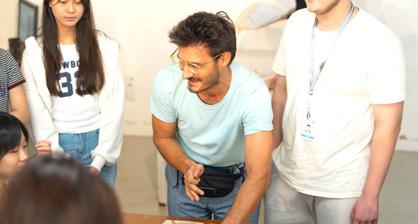

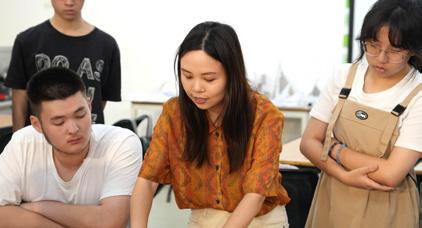
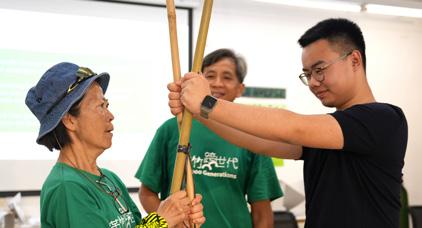
Bamboo Generations
Kate Lau
Aktin Dreiglo Inkgo Lam
Humans are instrumental, not just in the creation of places and landscapes, but also in the identification, preservation, and restoration of these systems. Furthermore, the CDLA proposes to uncover and learn from these invaluable and vulnerable interconnections by exploring nature and collaborating with various organizations.



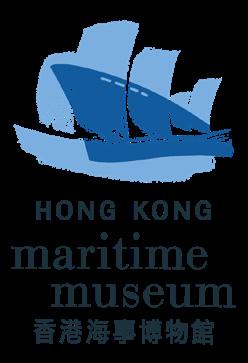
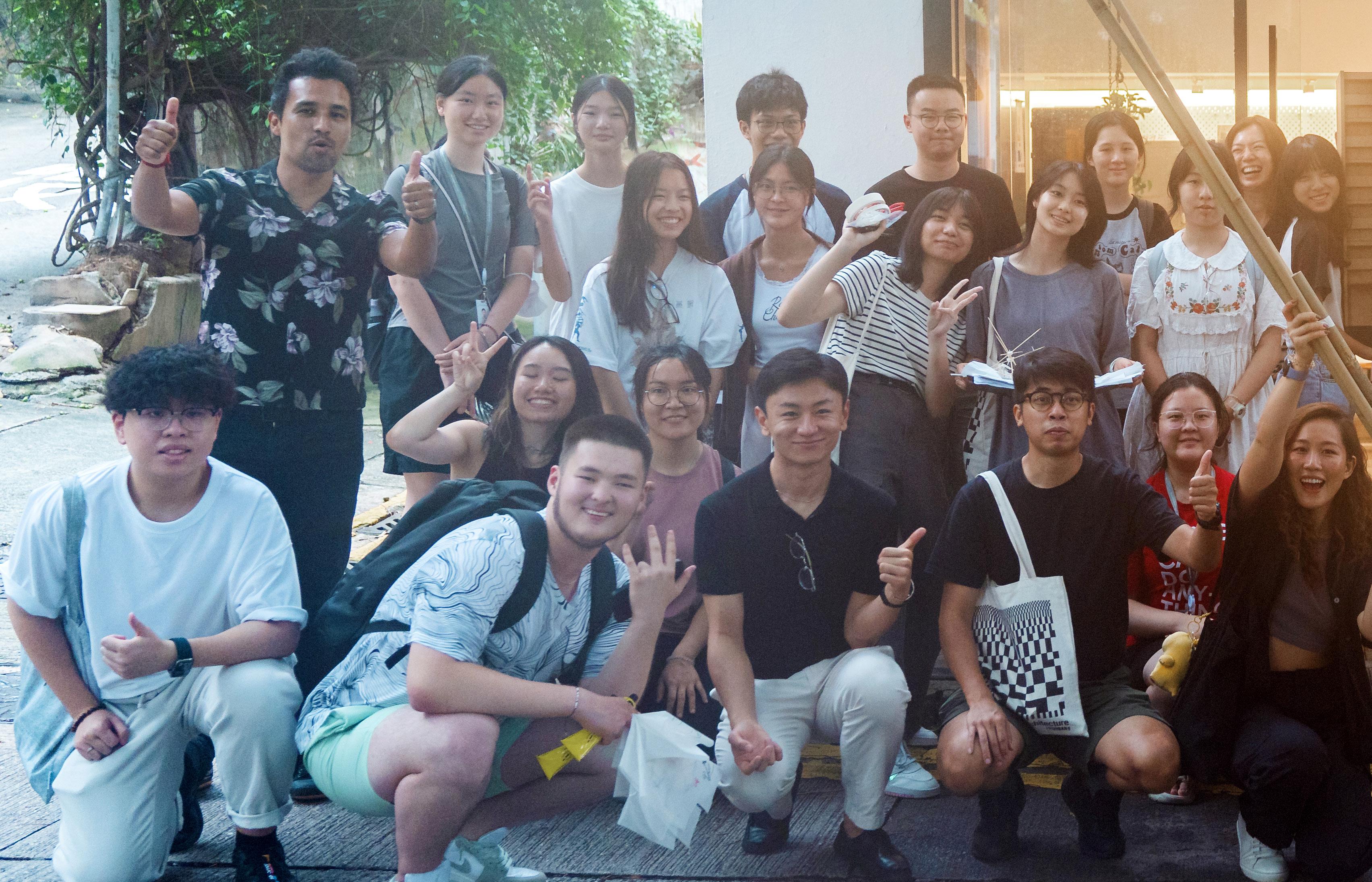

TEACHING TEAM
DIRECTOR Francisco D. Cevallos Barragan

COORDINATOR Phoebe, Fan Man-si
ASSISTANTS
Eddie, Chan Shu-fai
Olly, Liu Yapeng
Stephanie, Chen King-in
Tat, Tang Chi-tat
Vanessa, Law Lok-tung
Tony, Ho Yin Tsui
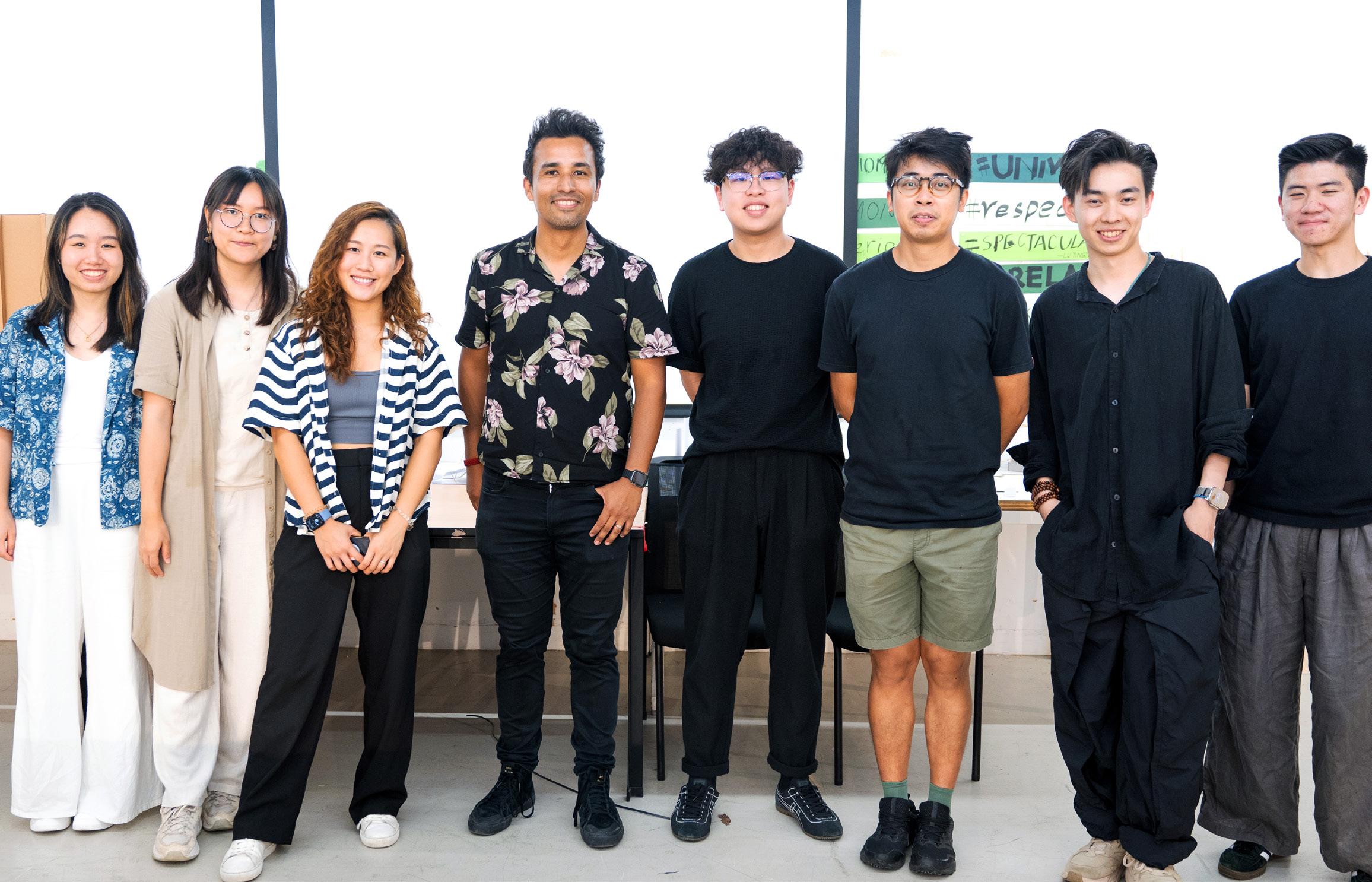
CDLA Instructors, from left to right: Stephanie, Vanessa, Phoebe, Francisco, Tat, Eddie, Olly, Tony
CONTENTS

MODULE A
#nature why is nature important to you? ........................................
MODULE B
#urbannature what is the nature-city relationship? ..................................
MODULE C
#ruralnature whose nature?........................................................................
MODULE D
#biodiversity what is living nature? ............................................................
MODULE E
#landscapearchitecture what is landscape architecture? ........................................
questions reflecting on topics which build-up knowledge from the basic understanding of nature complex aspects of the landscape architecture discipline. From class to HKU campus, students visit the facilities of the University, present their significance of nature and peers to know more and learn deeper from each other. In addition, participants learn how to document nature by
questions reflecting on topics which build-up knowledge from the basic understanding of nature complex aspects of the landscape architecture discipline.

#nature MODULE A WHY IS NATURE IMPORTANT TO YOU?
The CDLA started by bringing together diverse ideas and abundance of positive energy. On the first day, students discovered ideas and thoughts on the importance of nature and learnt from their peers.

students
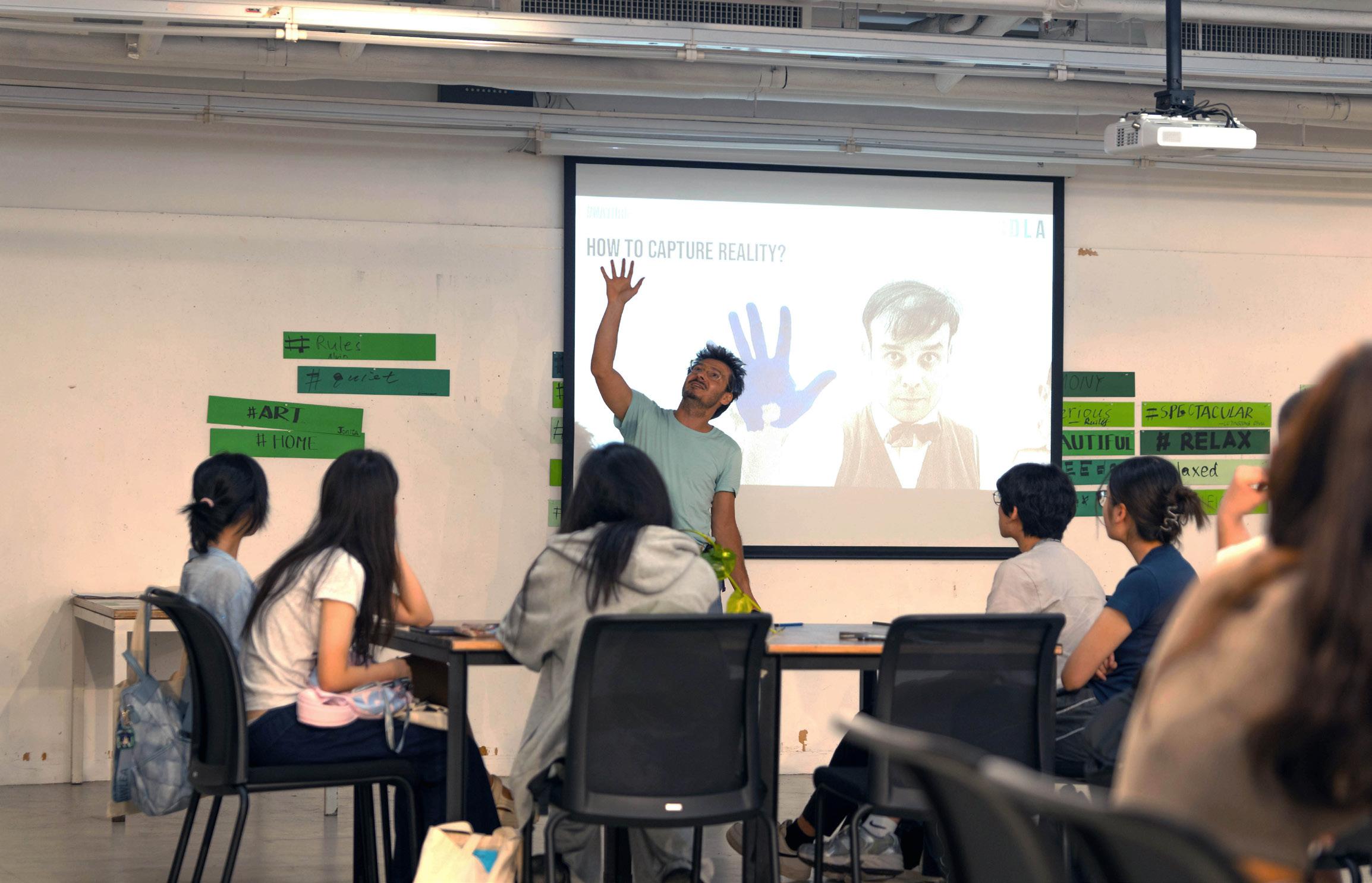
unfolding nature with Aktin Dreiglo
#nature /HASHTAGS



Students worked in pairs and responded to the question: -Why is nature important to you? -
#nature
/UNFOLDING NATURE


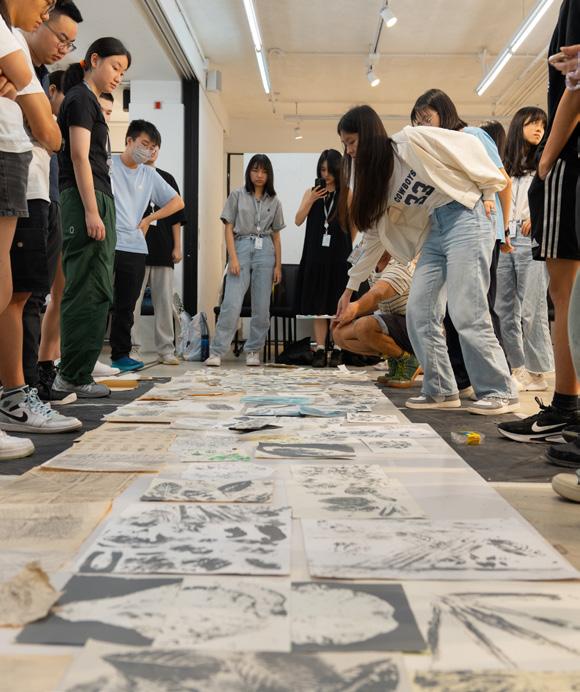
In groups, students visited the campus and document different areas of the old and new buildings to develop a collective mural with the artist Atkin Dreiglo.
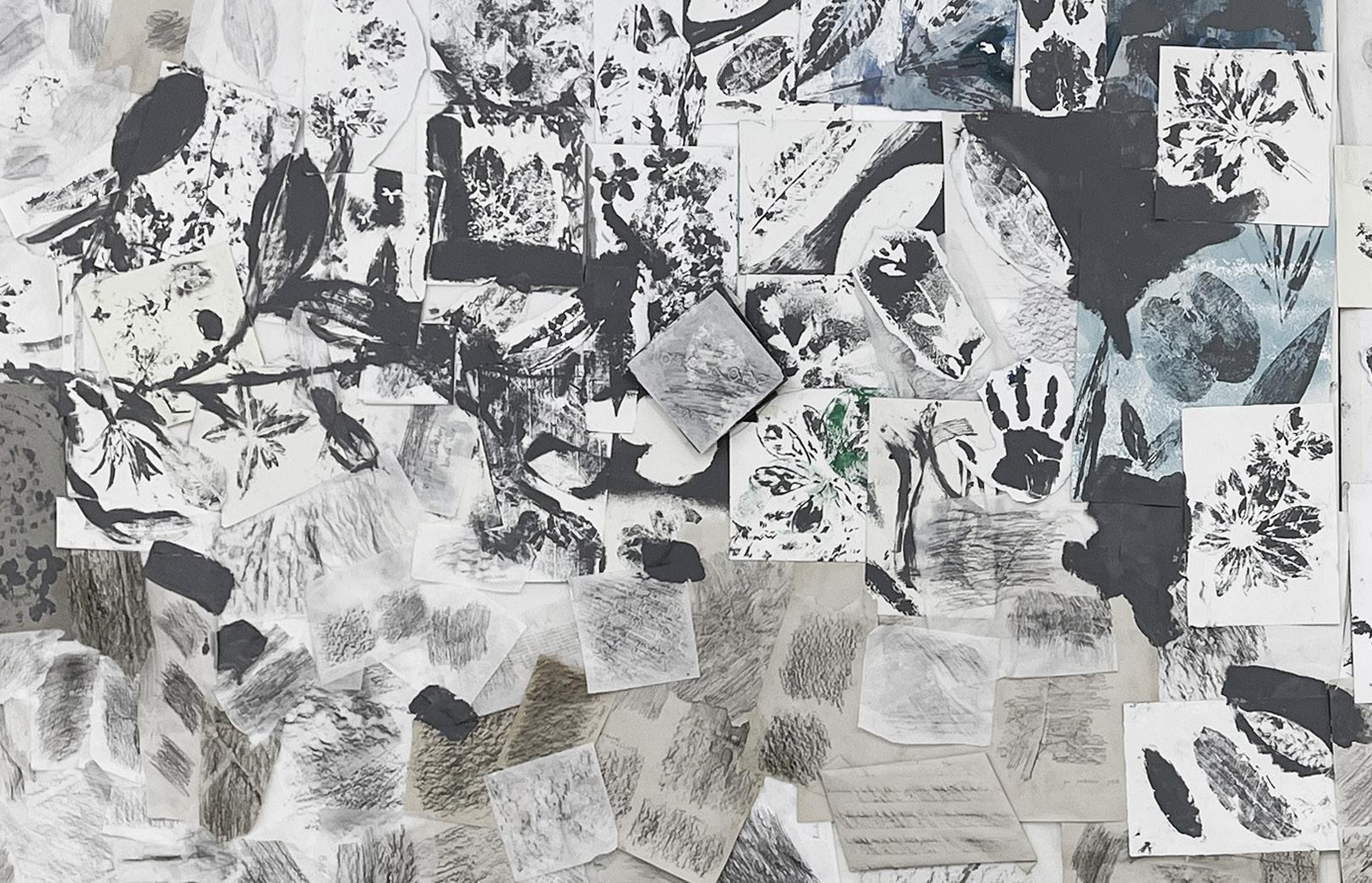
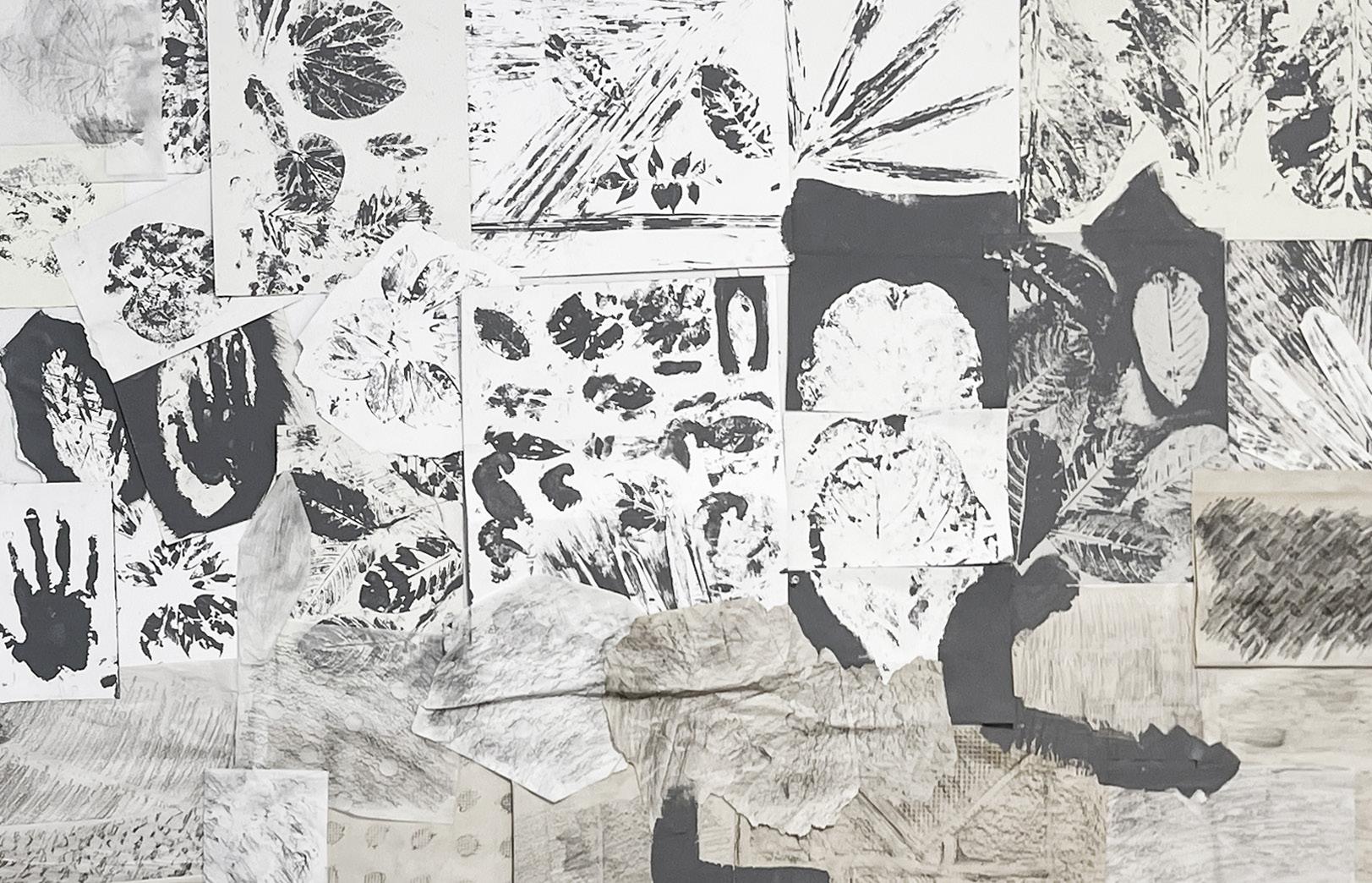
collective mural: frottage, outlining and stamping
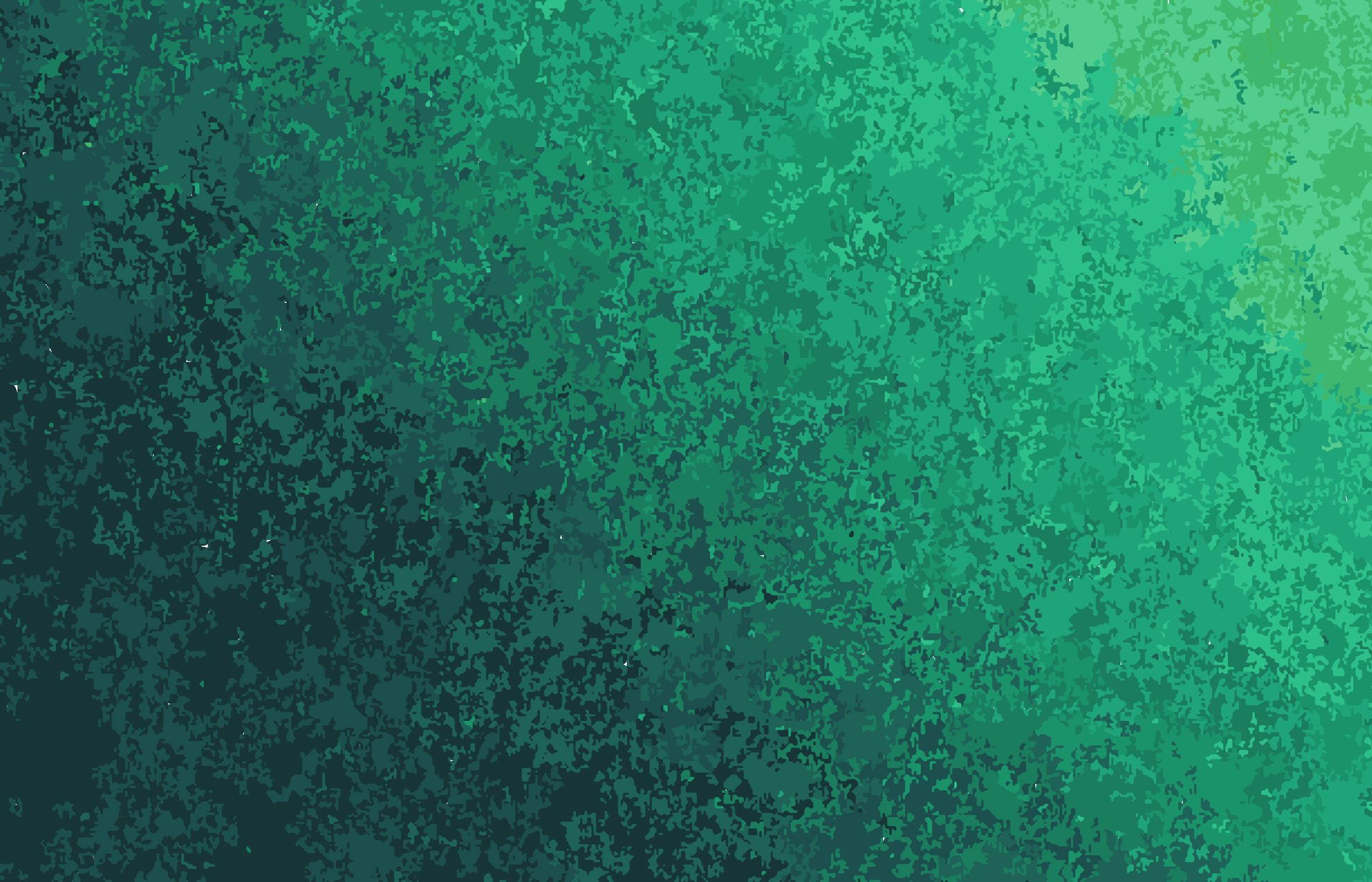
#urbannature
MODULE B
WHAT IS THE NATURE-CITY RELATIONSHIP?
Students reflected on the role of nature in the city. From aesthetic perceptions to historical significance, the activities during this module reflected on the relationships between plants and public spaces.

Symbolism of plants, Dr. Yin-Lun Chan
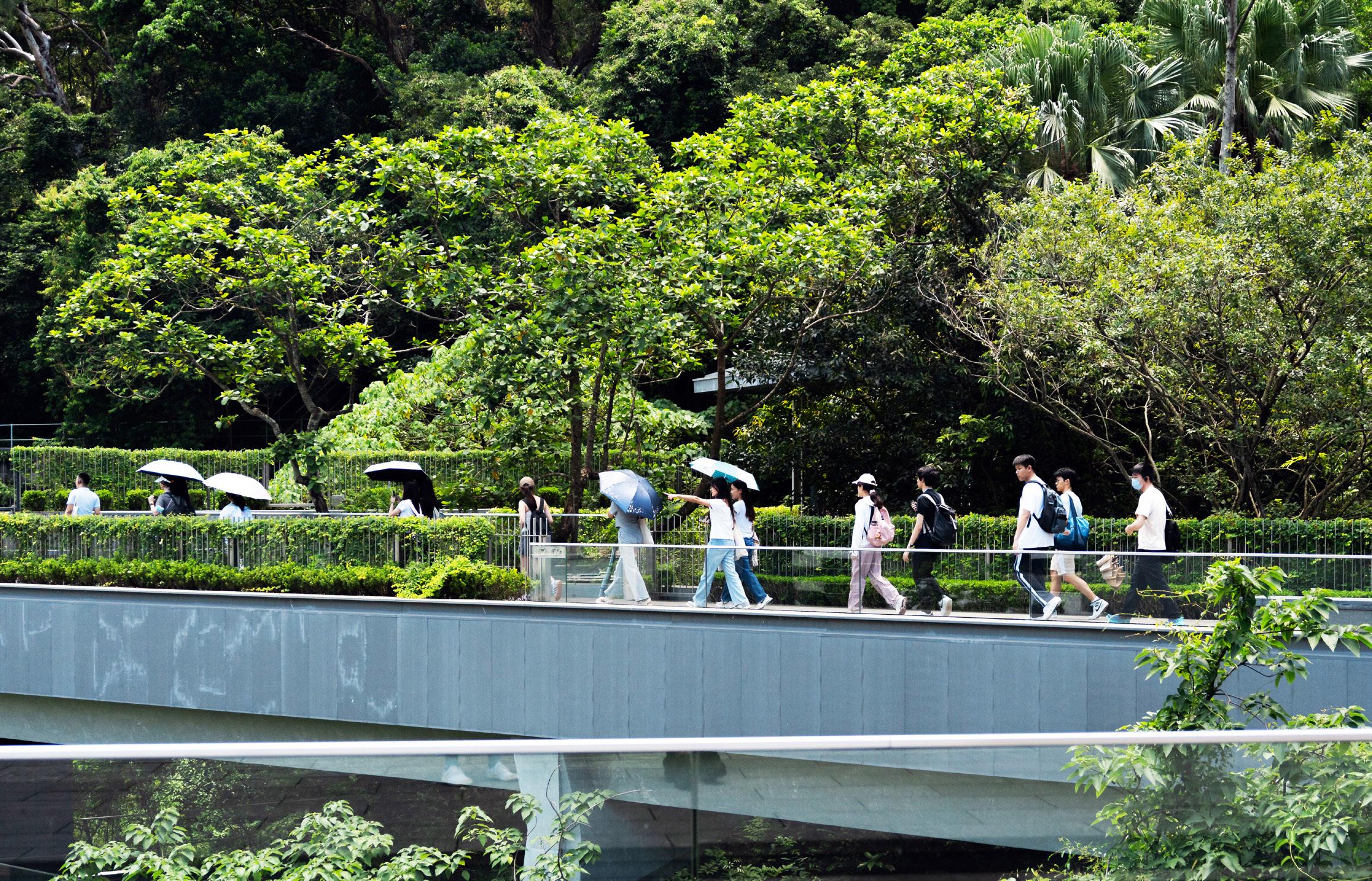
field trip to Hong Kong Asia Society, HK Island
#urbannature
/DOCUMENTING NARRATIVES

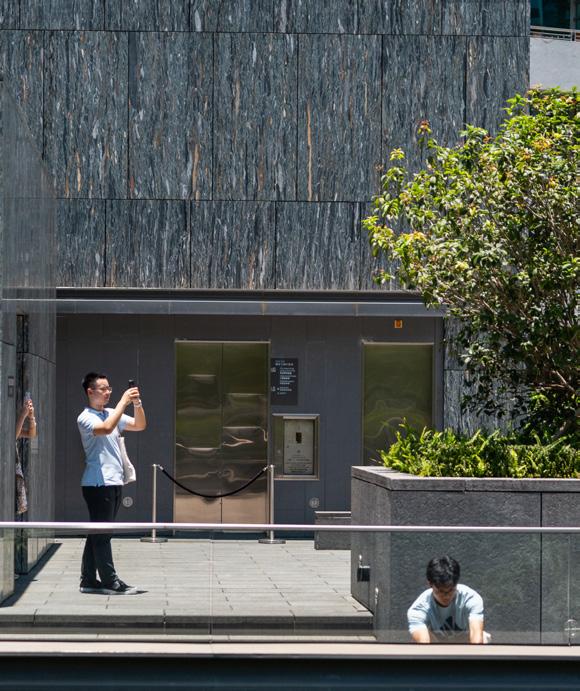
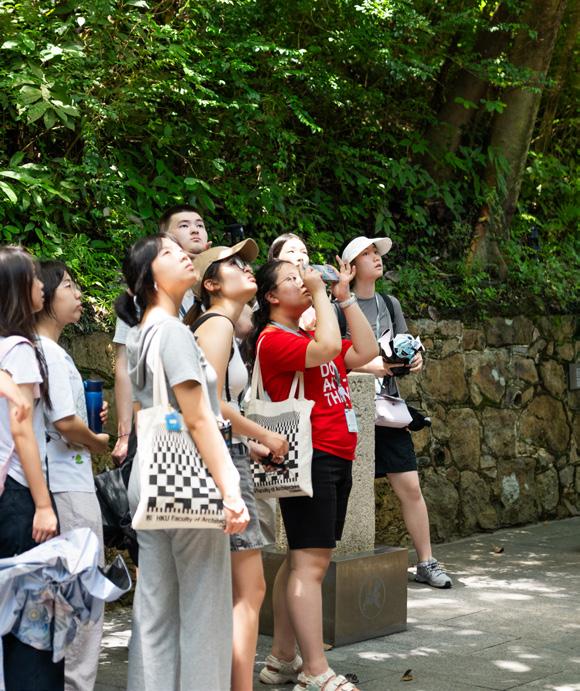
As part of a workshop, students visit and document the architectural and natural heritage of HK Asia Society.
#urbannature
/DISCOVERING PUBLIC SPACES + PLANTS
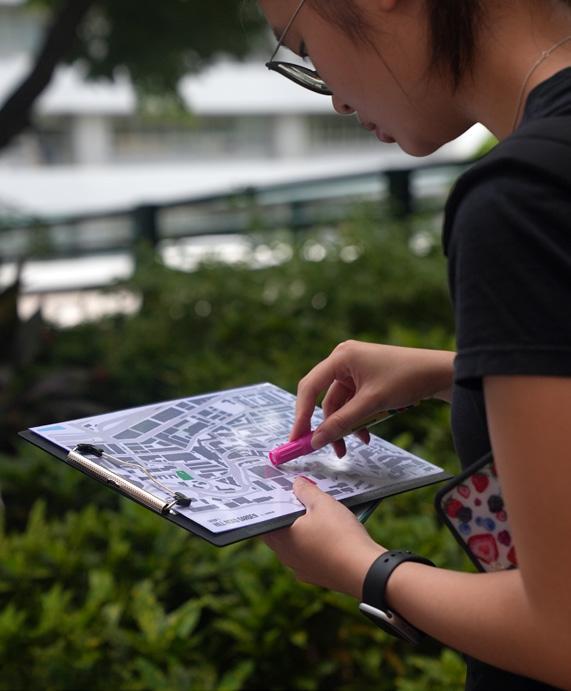
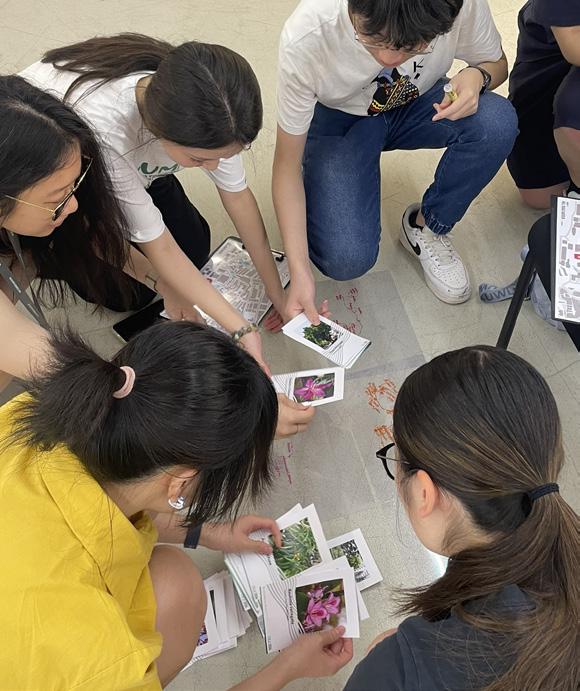
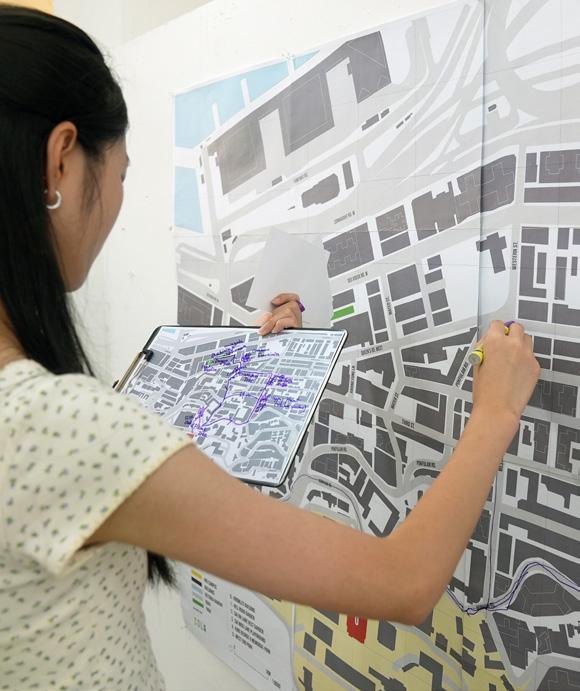
‘Tropical Asias’ is an introduction to mapping and delves into the concepts of endemic and exotic vegetation in South East Asia by visiting distinct public spaces.
#urbannature
/SHAPING PUBLIC SPACE


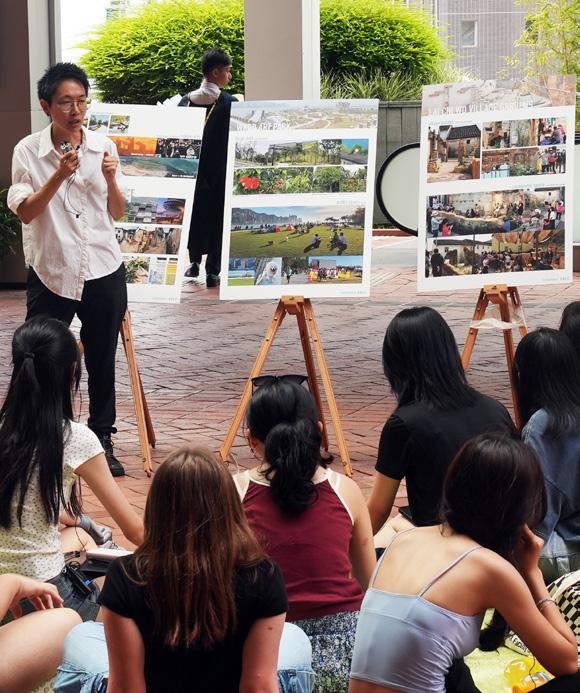
Local landscape designer Kate Lau led a workshop on social public spaces and led a public intervention at the Haking Wong Podium (HKU campus).
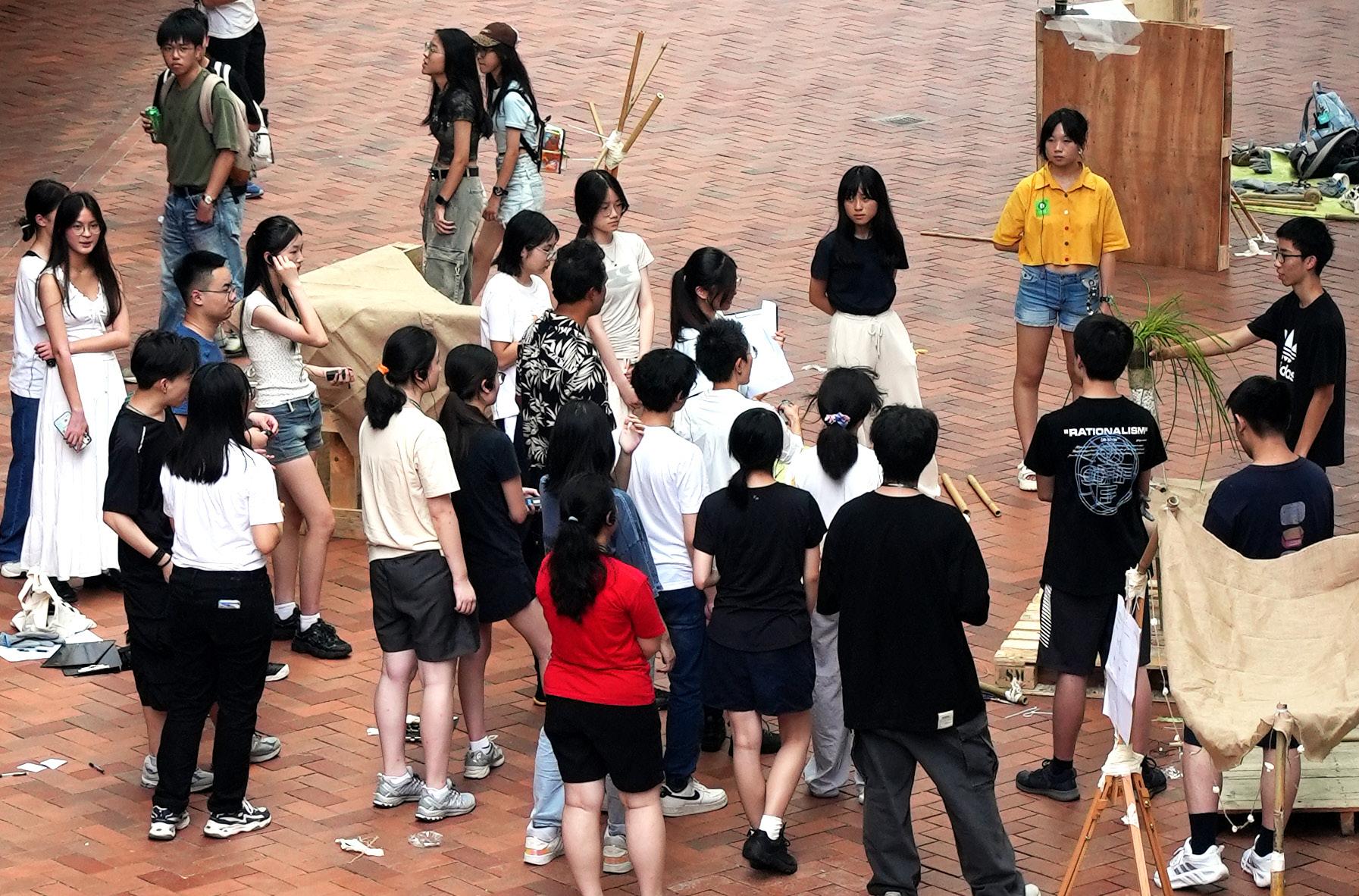
To promote teamwork and close collaboration with tutors, students were organized in groups named: Dandelion, Mothernature, Tree, Baboons, Verde
shaping public spaces
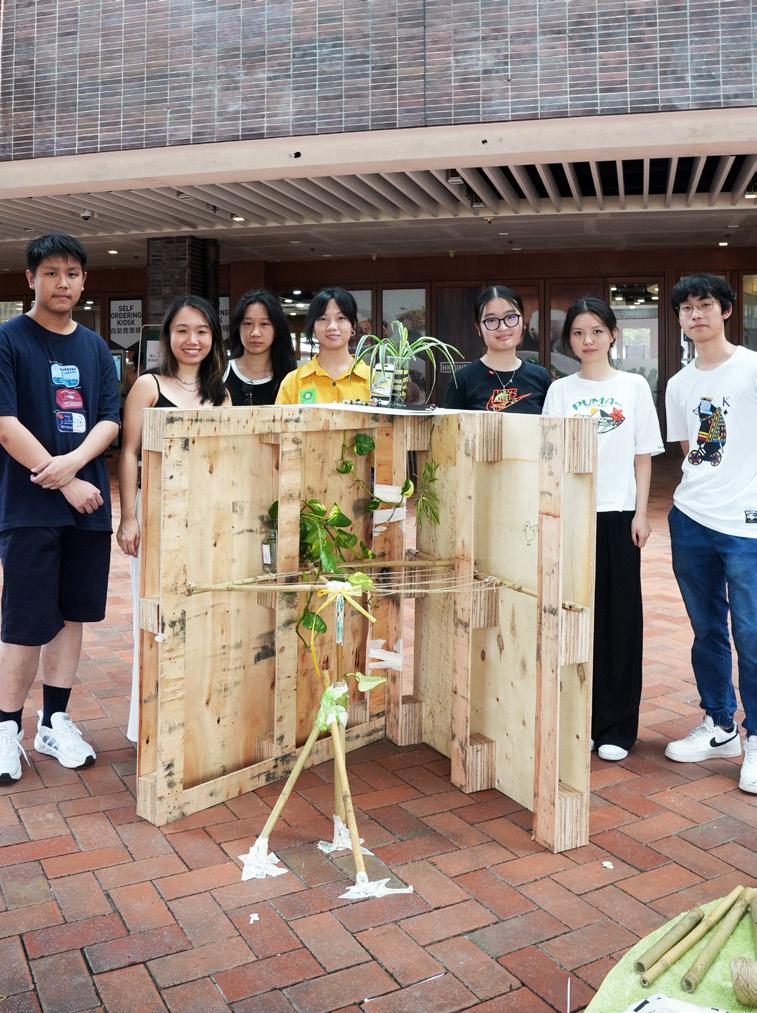


Mothernature
Dandelion Tree
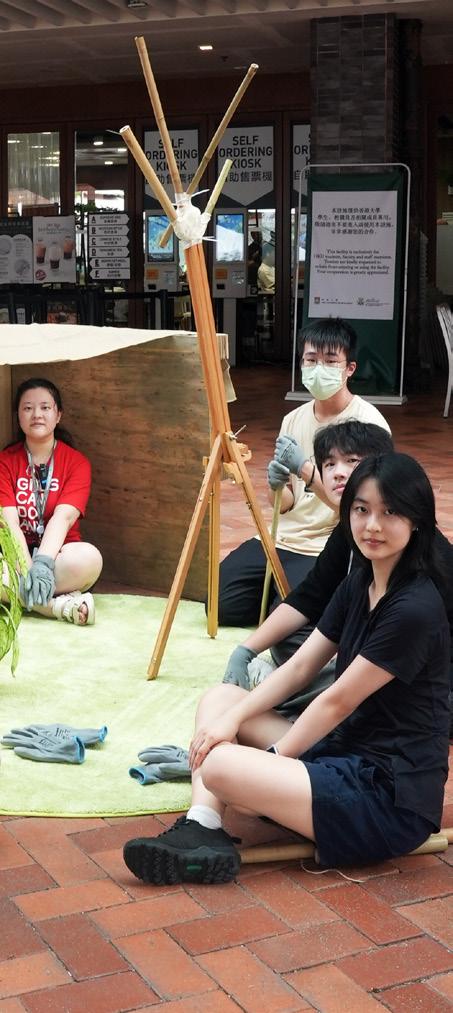


Verde Baboons Tree
#ruralnature
MODULE C WHOSE NATURE?
Students learnt its significance and intrinsic values from contexts beyond the city. The activities revealed the deeper intertwined relationships between humans and nature embedded in local culture.

Osing People, Wiwin Indiarti
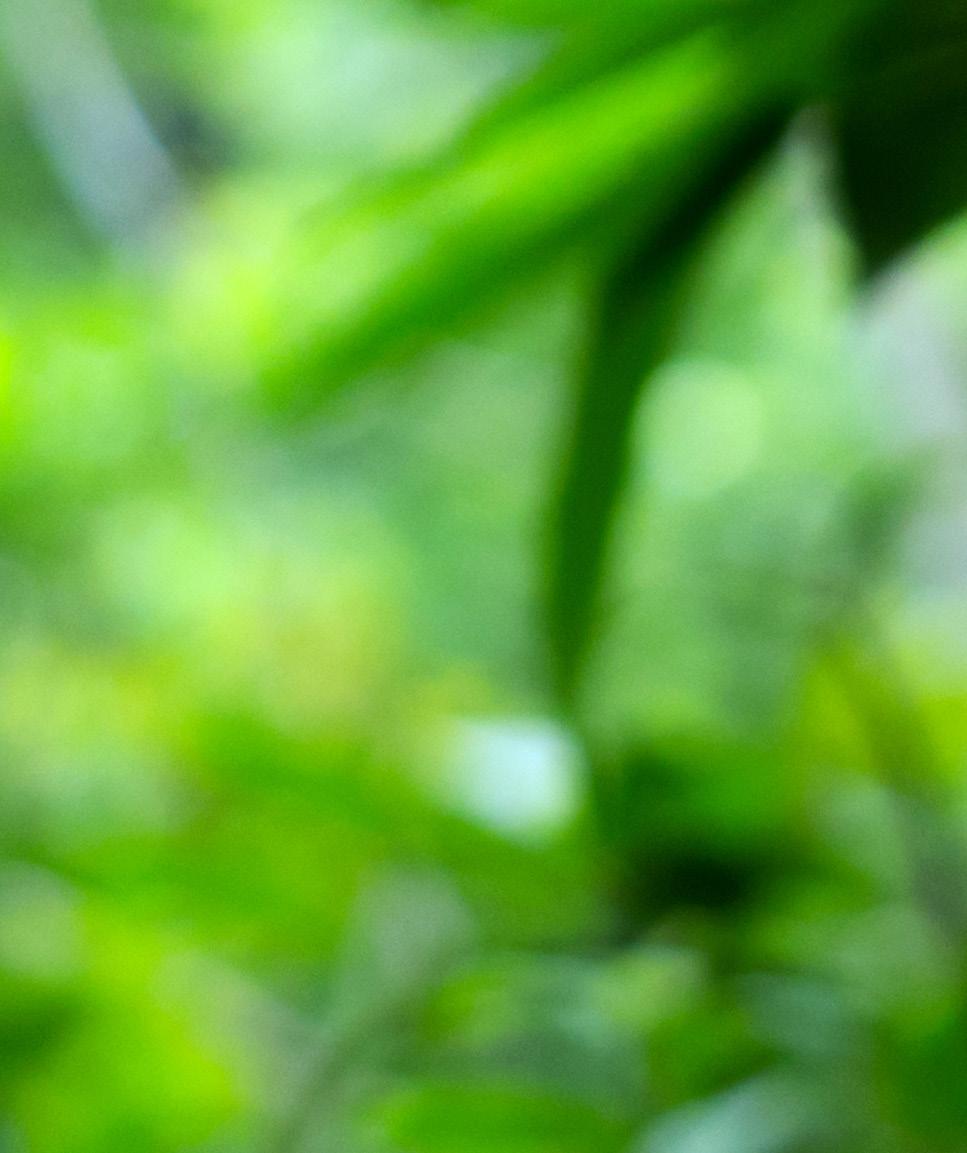

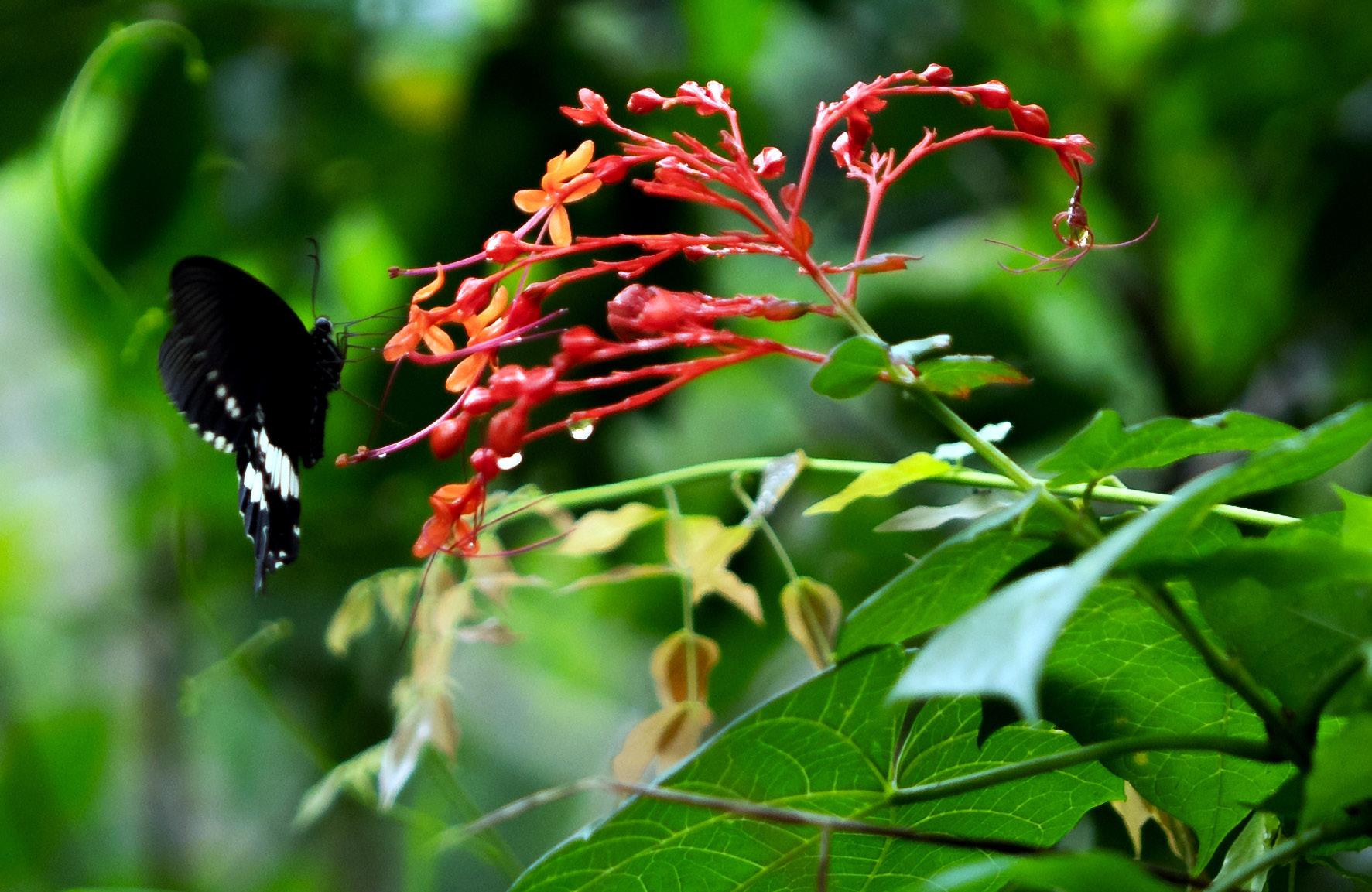
#ruralnature
/EXPLORING URBAN-NATURE NARRATIVES
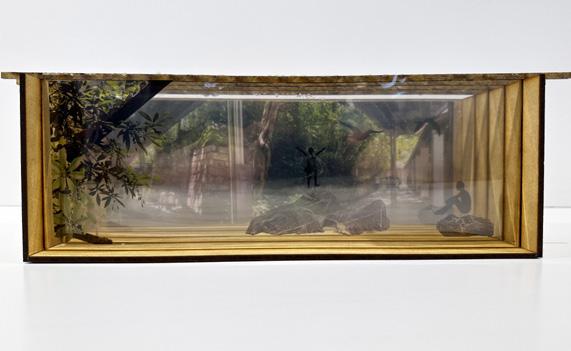
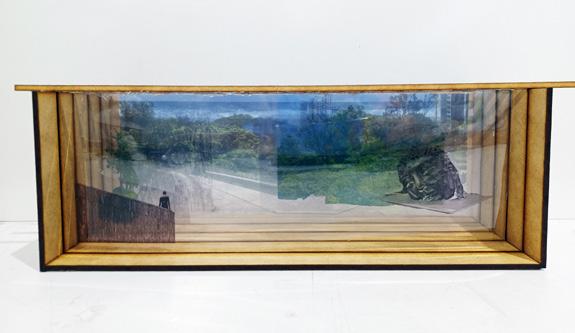

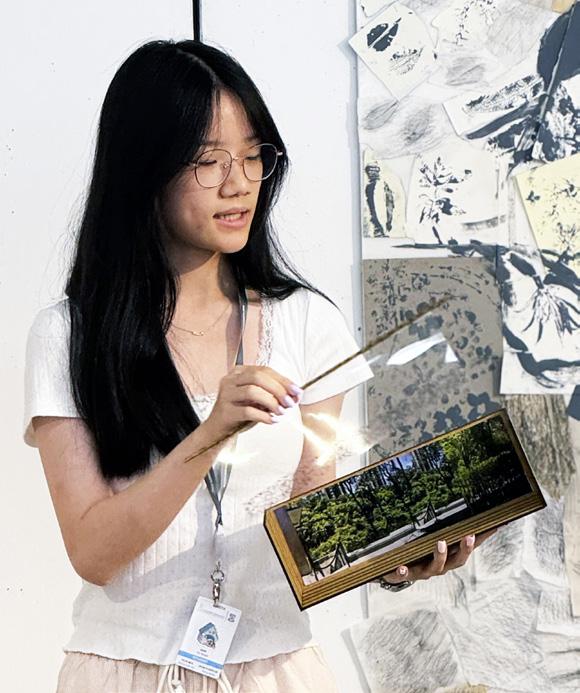
In ‘Urban-nature boxes’, students proposed new narratives and produced a layered physical model to present their re-constructed landscapes in class.
#ruralnature
/EXPLORING PHYSICAL MODELLING




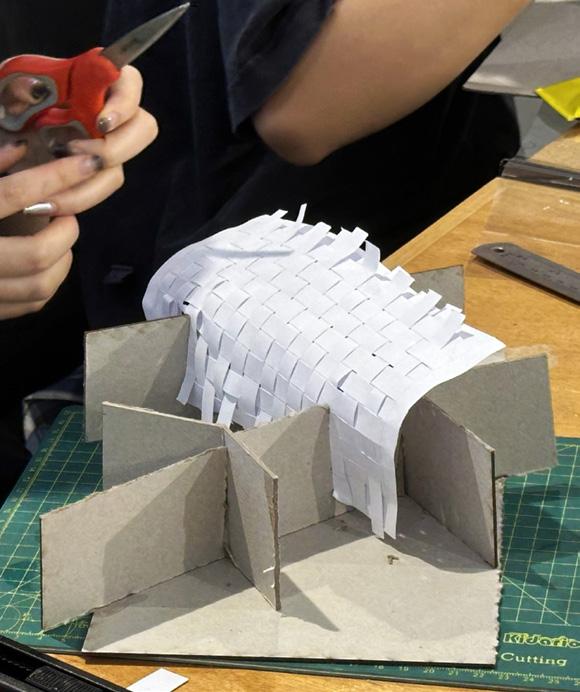
In this workshop, through small exercises, students tested different materials and learnt how to build and develop study models to represent and compose space.

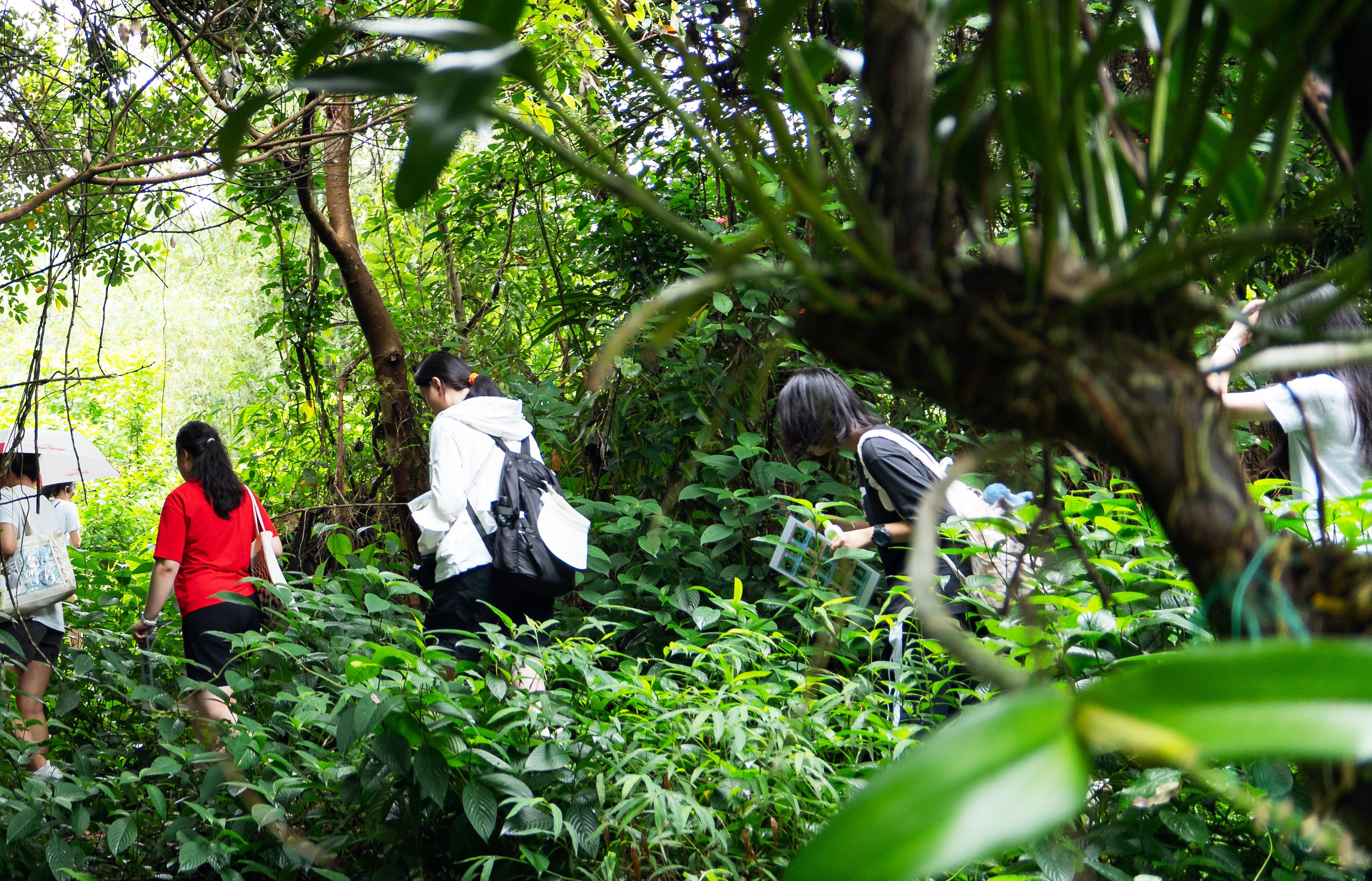
#snohettahongkong
/INTERDISCIPLINARY DESIGN


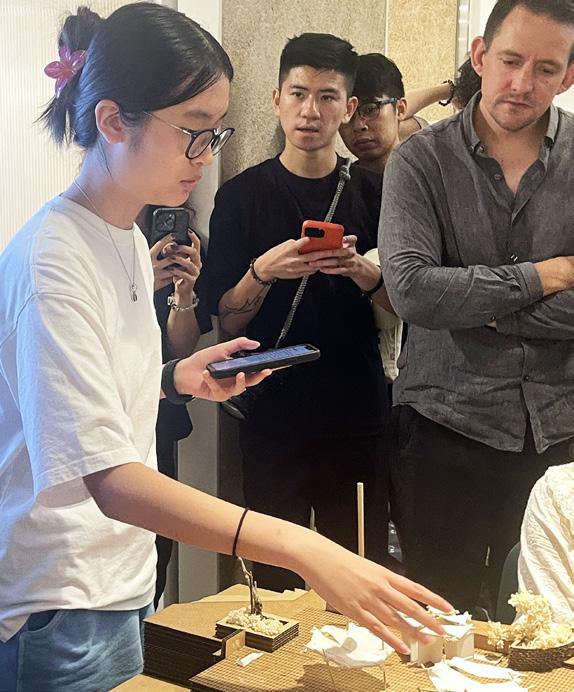
In a workshop at the offices of Snohetta, students collaborated with designers with diverse backgrounds to develop the conceptual ideas for their final projects.
#snohettahongkong
/AIRSIDE, KAI TAK


Monique Wong and Zeth Ko took us through Airside, next to the Kai Tak River, and explained the insights of the landscape and architecture design.

learning from Snohetta transdisciplinary approach

#biodiversity
MODULE D WHAT IS LIVING NATURE?
In collaboration with The Nature Conservancy (TNC) Hong Kong the course touched upon aspects related to conservation, restoration, ecological value and the nature-based solutions


Nature-based solutions, Felix Leung

field trip to Pak Nai, Yuen Long with The Nature Conservancy
#biodiversity
/UNDERSTANDING OYSTER RESTORATION AT MARITIME MUSEUM
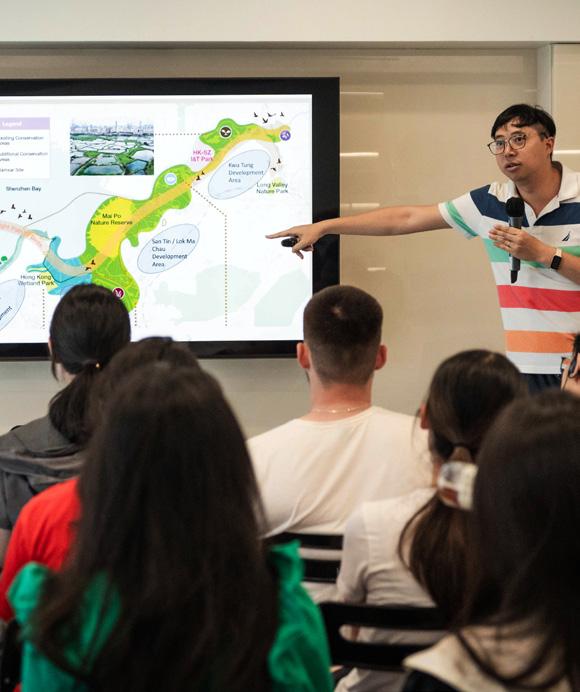


Felix Leung presented the efforts for restoring the environment across the world and guided students through the exhibition “The Oyster Odyssey” at HKMM.
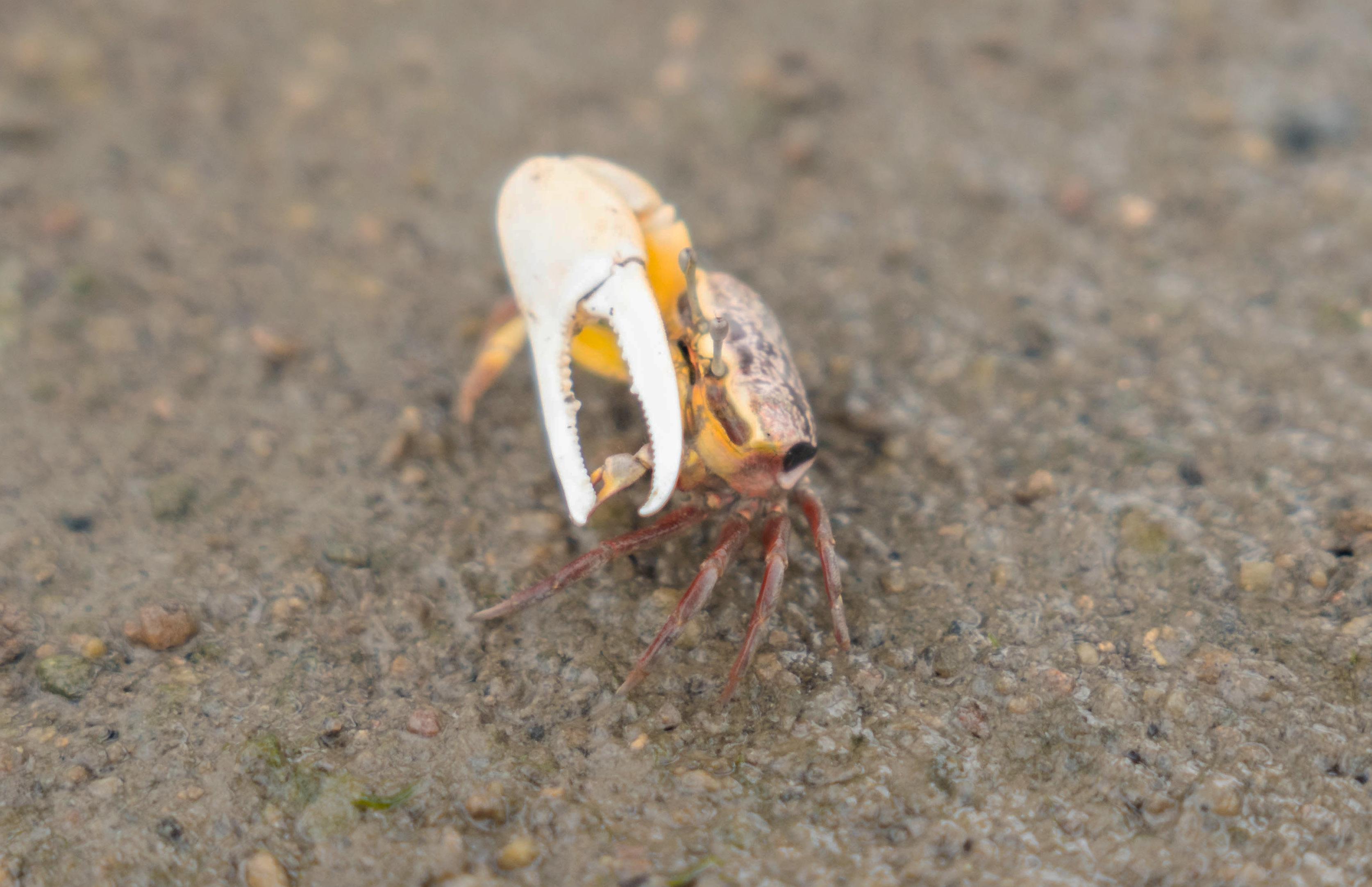
#biodiversity
/OYSTER RESTORATION AT PAK NAI

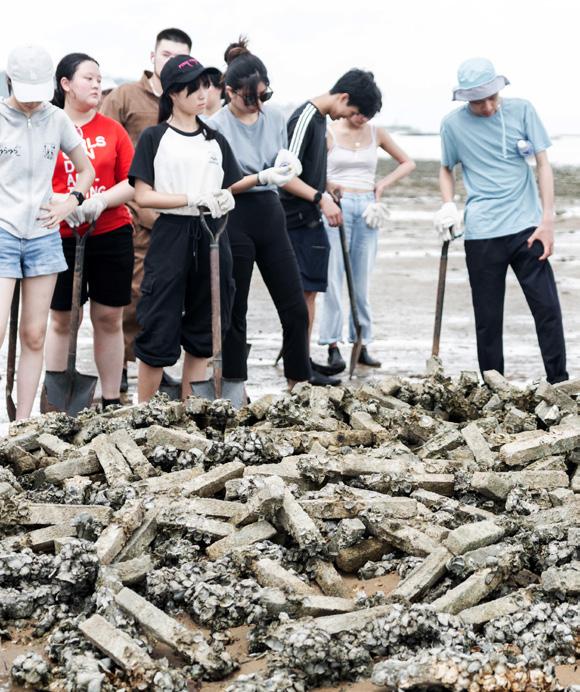
Students contributed to restore the crucial habitats of the Northern Coast. The Nature Conservancy underscored the importance of regenerating biodiversity.

field trip to Pak Nai, Yuen Long with The Nature Conservancy

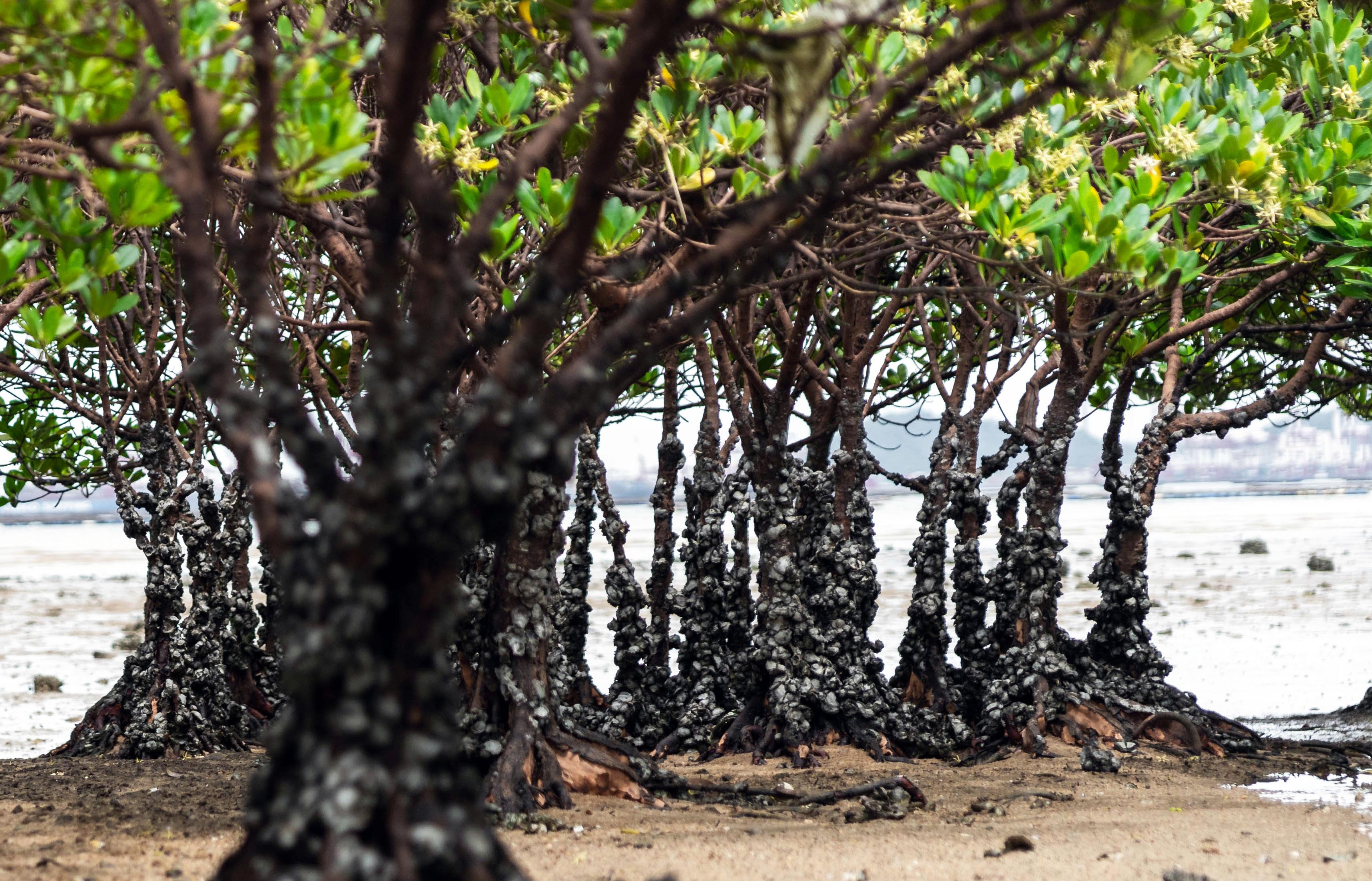

#landscapearchitecture
MODULE E WHAT IS LANDSCAPE ARCHITECTURE?
This final module focused on the landscape design process. Active conversations and participation with experts from the field, provided the resources for getting immersed in the landscape discipline.
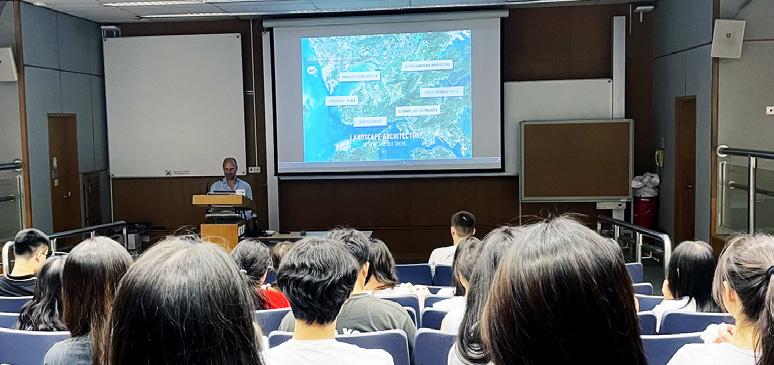
Landscape architecture, Ivan Valin
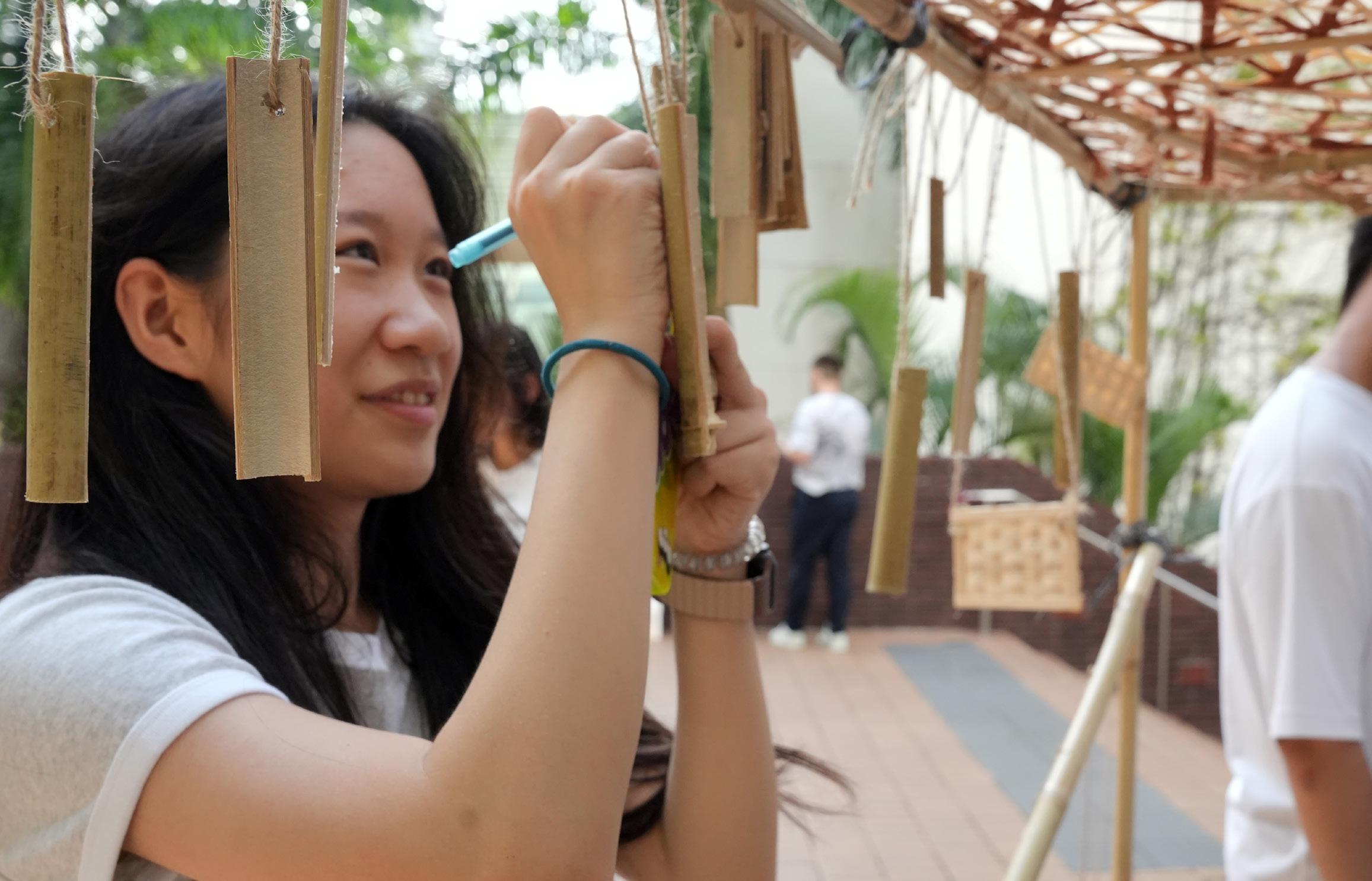
#landscapearchitecture
/FINAL PROJECT: FROM COLLECTIVE IDEA TO INTERVENTION


In this final part of the course, activities encouraged students to reflect on every part of the design process from concept to completion.


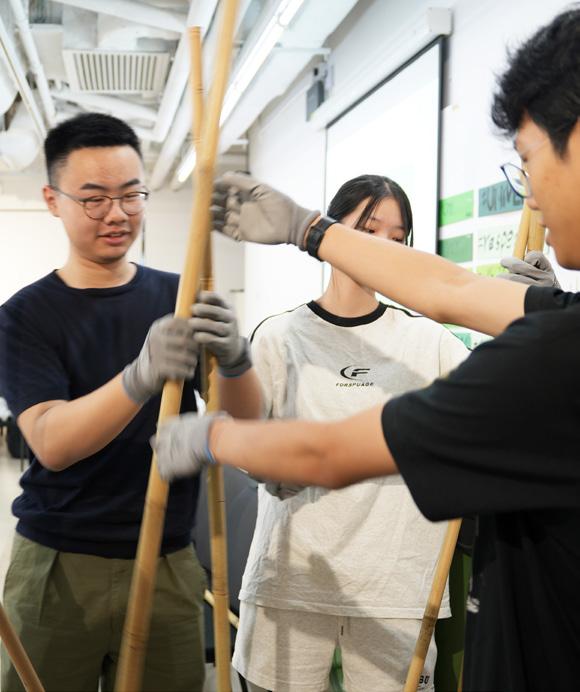
The final project is the place where the groups collaborated and participated in groups to take a common concept into a materialized idea.
#landscapearchitecture
/FINAL PROJECT: LOCAL CRAFTMANSHIP
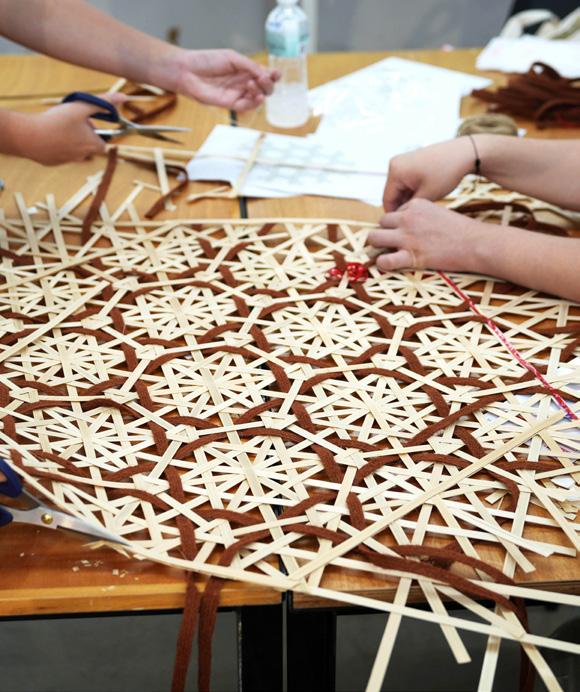


During the process, they learnt from the values and the making of ancient local craftmanship. The local artist Inkgo Lam led a workshop on bamboo weaving.
#landscapearchitecture
/FINAL PROJECT: ASSEMBLING LOCAL MATERIALS



Bamboo generations worked with the students on the technical aspects of their proposals to make optimal use of the materials and consolidate stable objects.


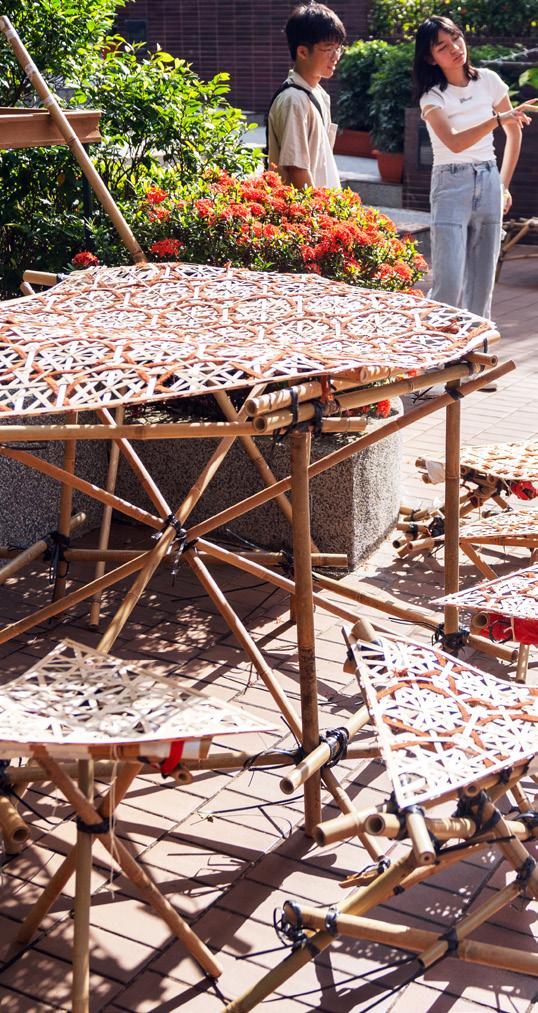
Mothernature Dandelion Baboons

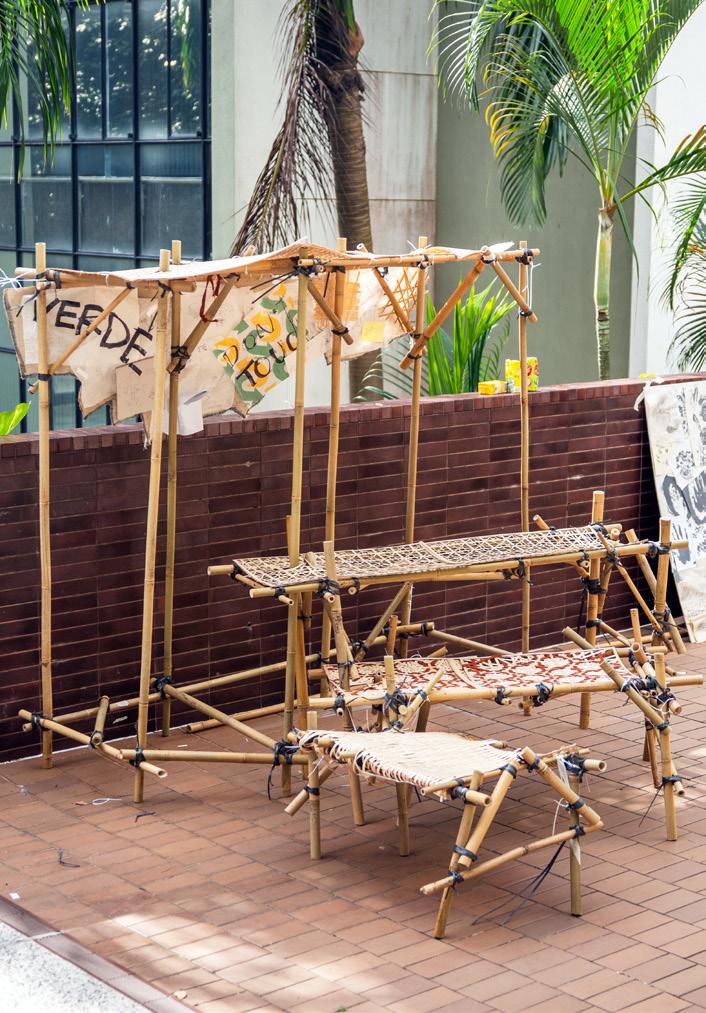
Verde Tree

Students showcased their final projects and presented the highlights of their design processes. Likewise, they exhibited all the work produced during the two-week course. Conversations and reflections about the role of the field of landscape architecture are discussed during the exhibition with guests.

final exhibition at the Sun Yat-Sen Steps Podium
CDLA2024
#landscapearchitecture
/FINAL PROJECT: EXHIBITION
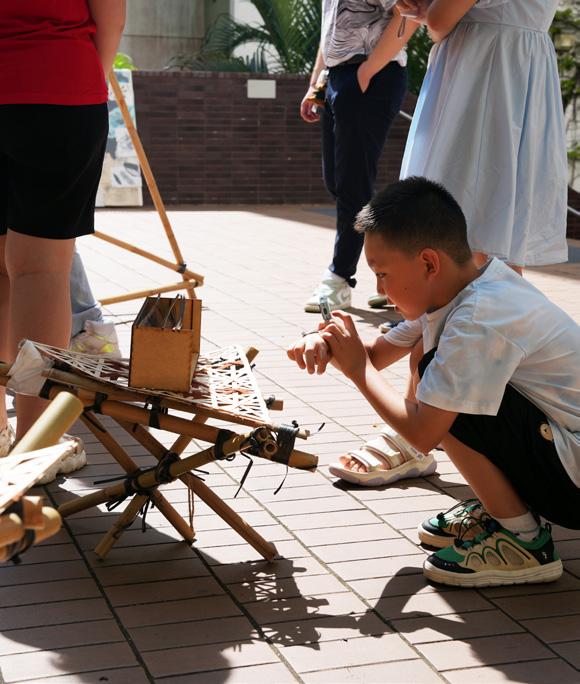

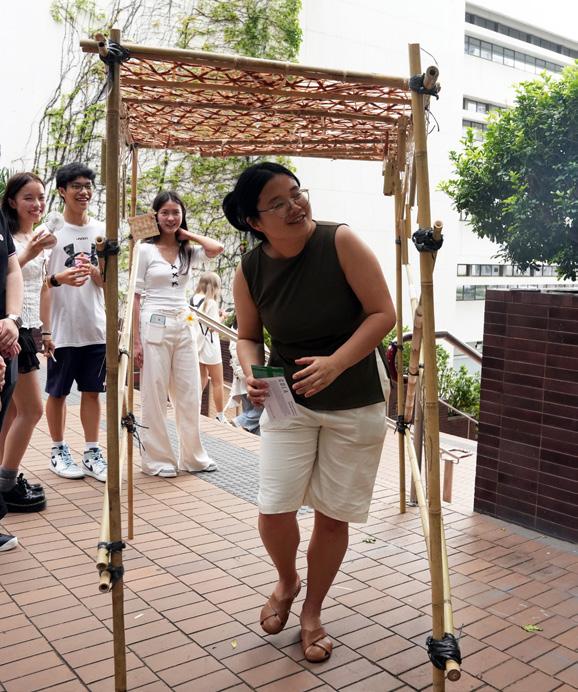
The final exhibition took place at the HKU campus and was open to public. It was not only a space to display work, but also a way to celebrate the whole experience.
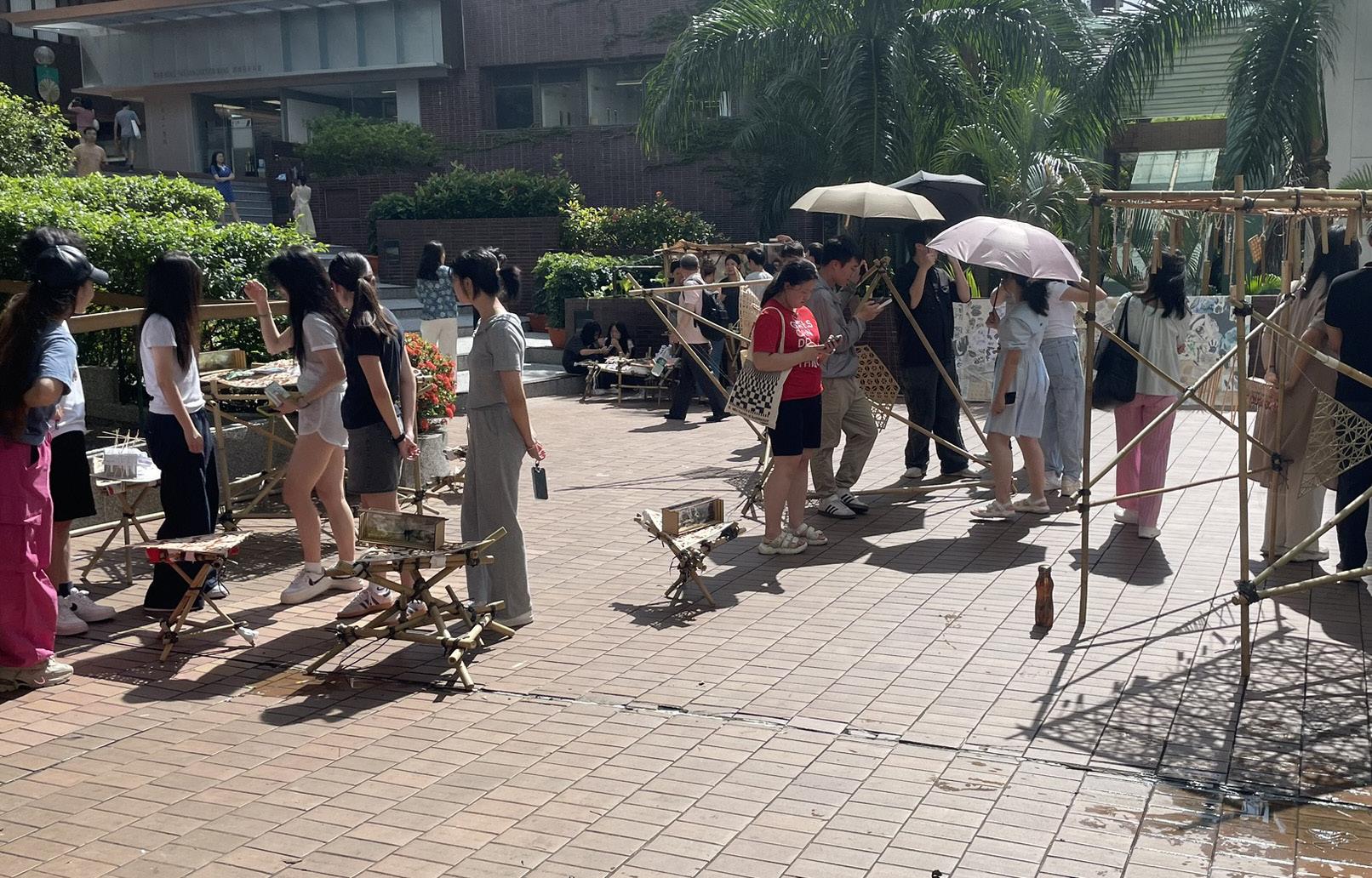
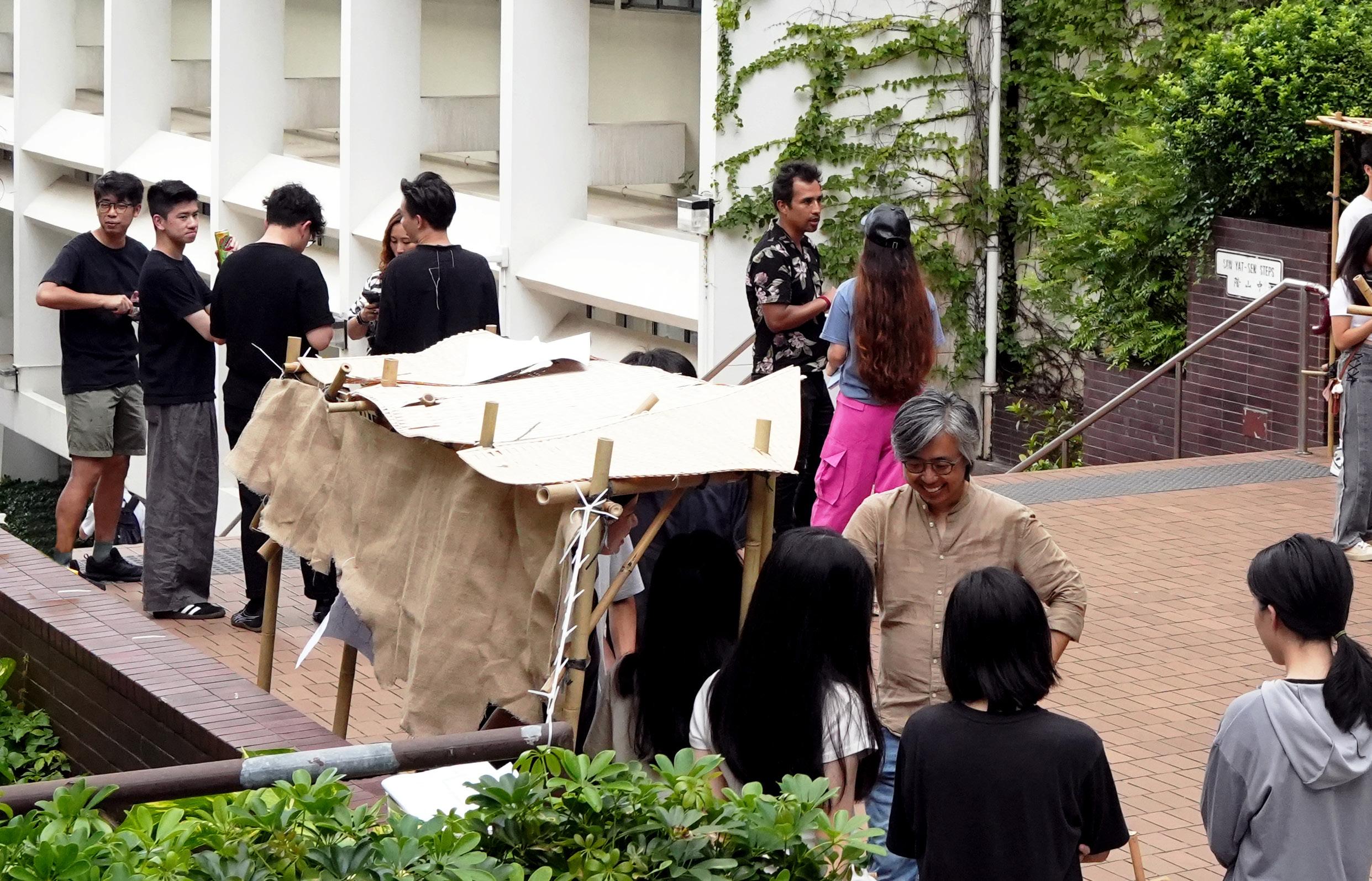
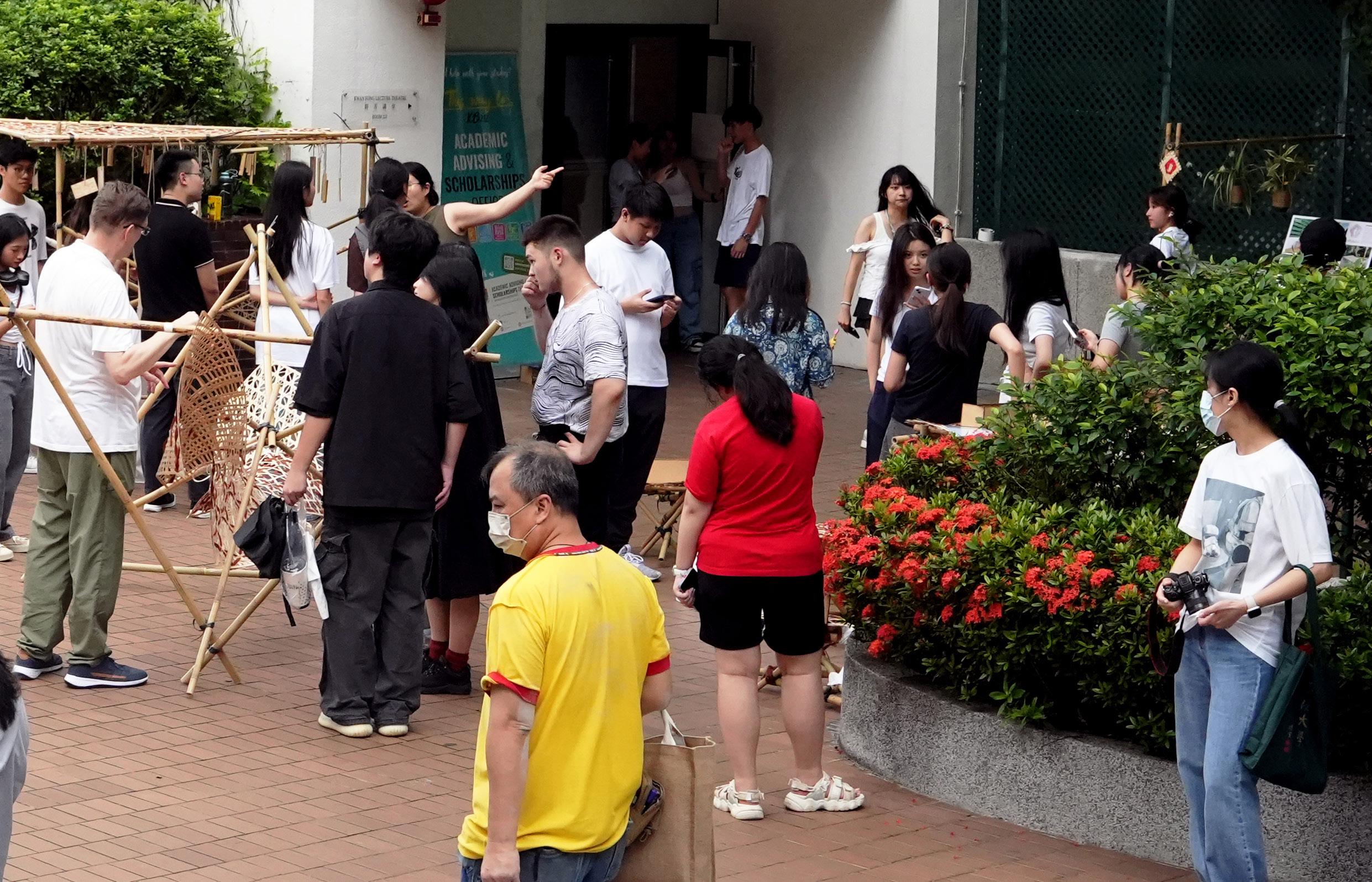
CDLA2024 final exhibition at the Sun Yat-Sen Steps Podium
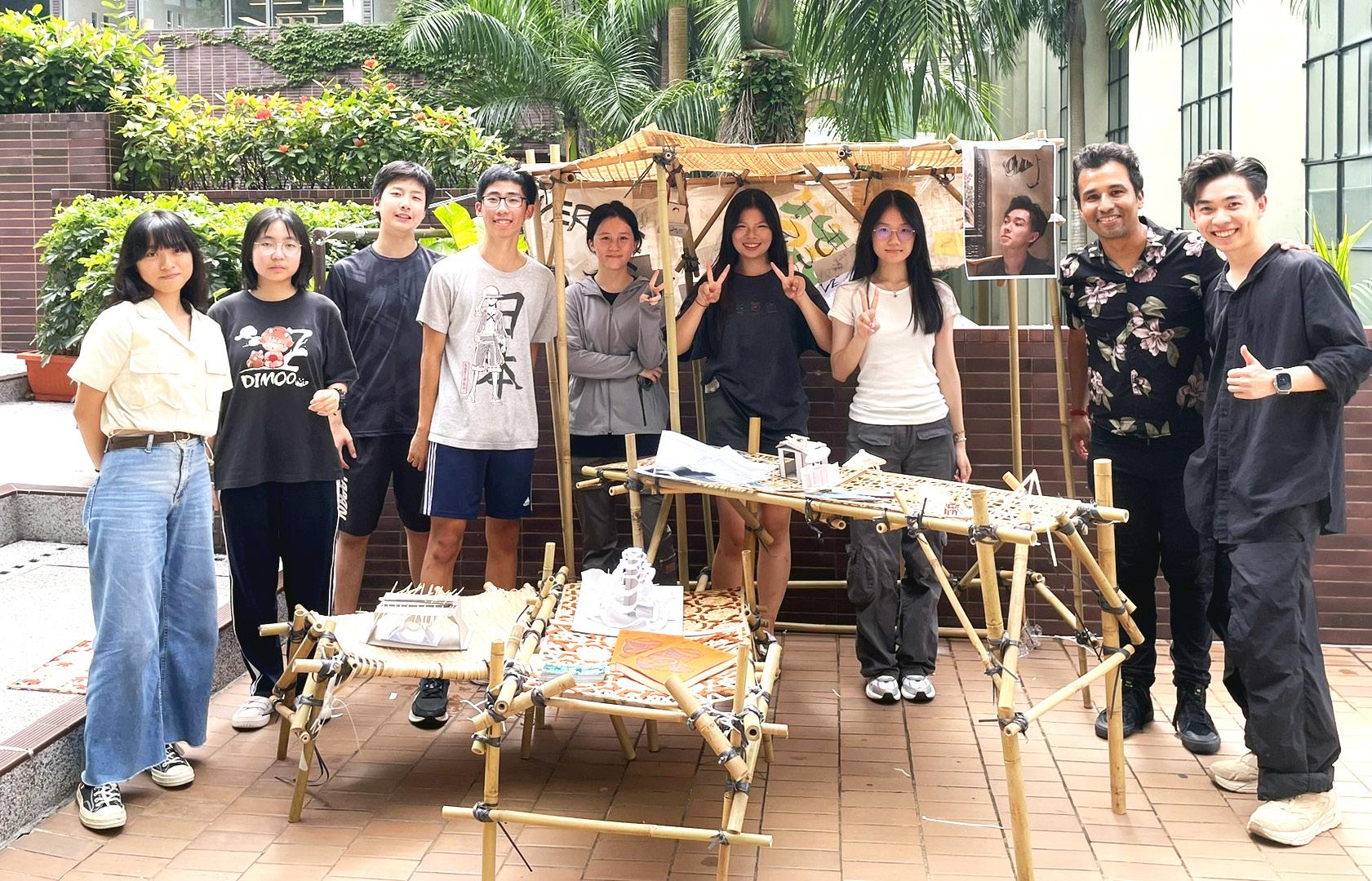
CDLA2024 final exhibition
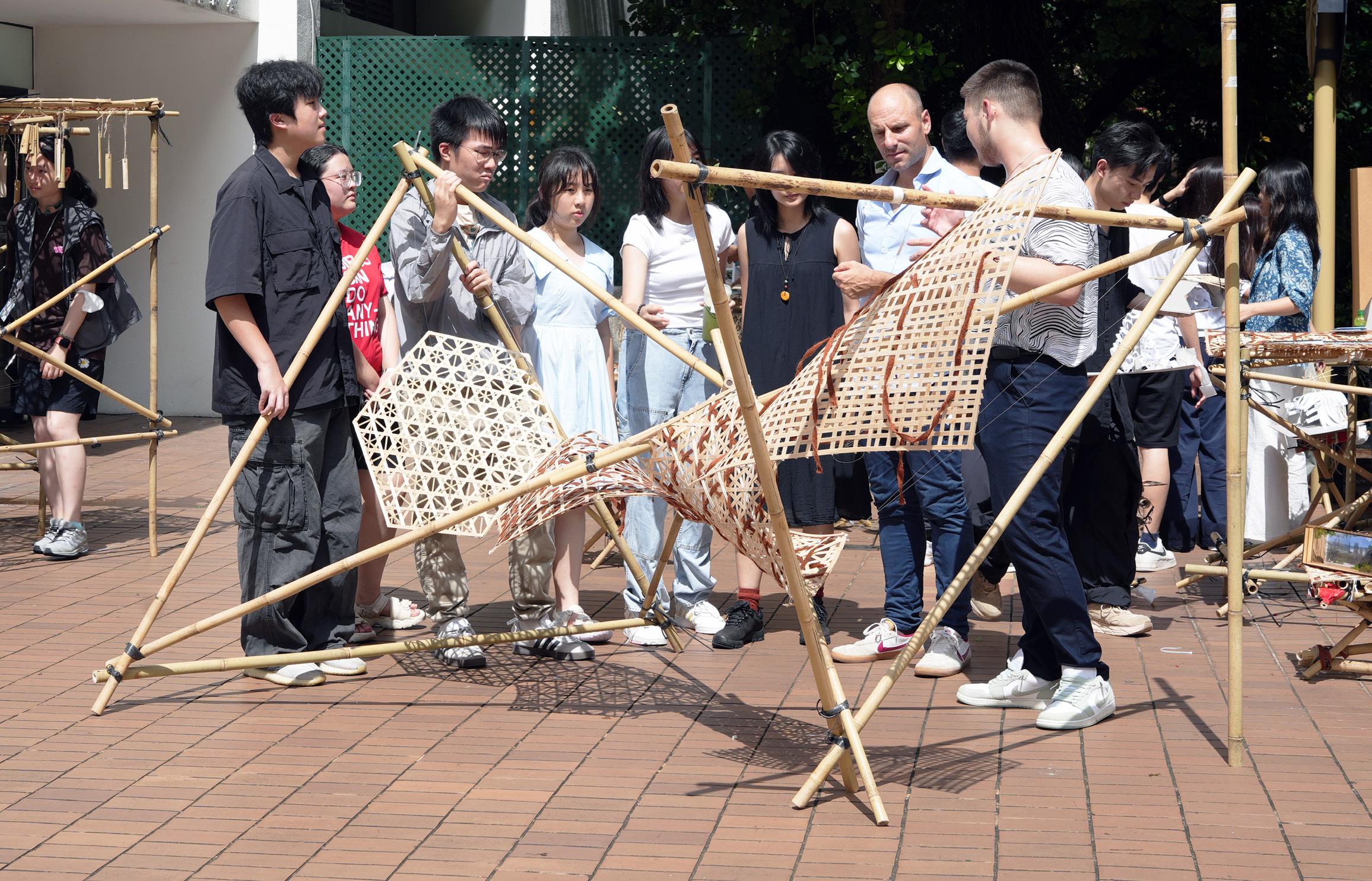

colleagues from the DLA visiting the final exhibition
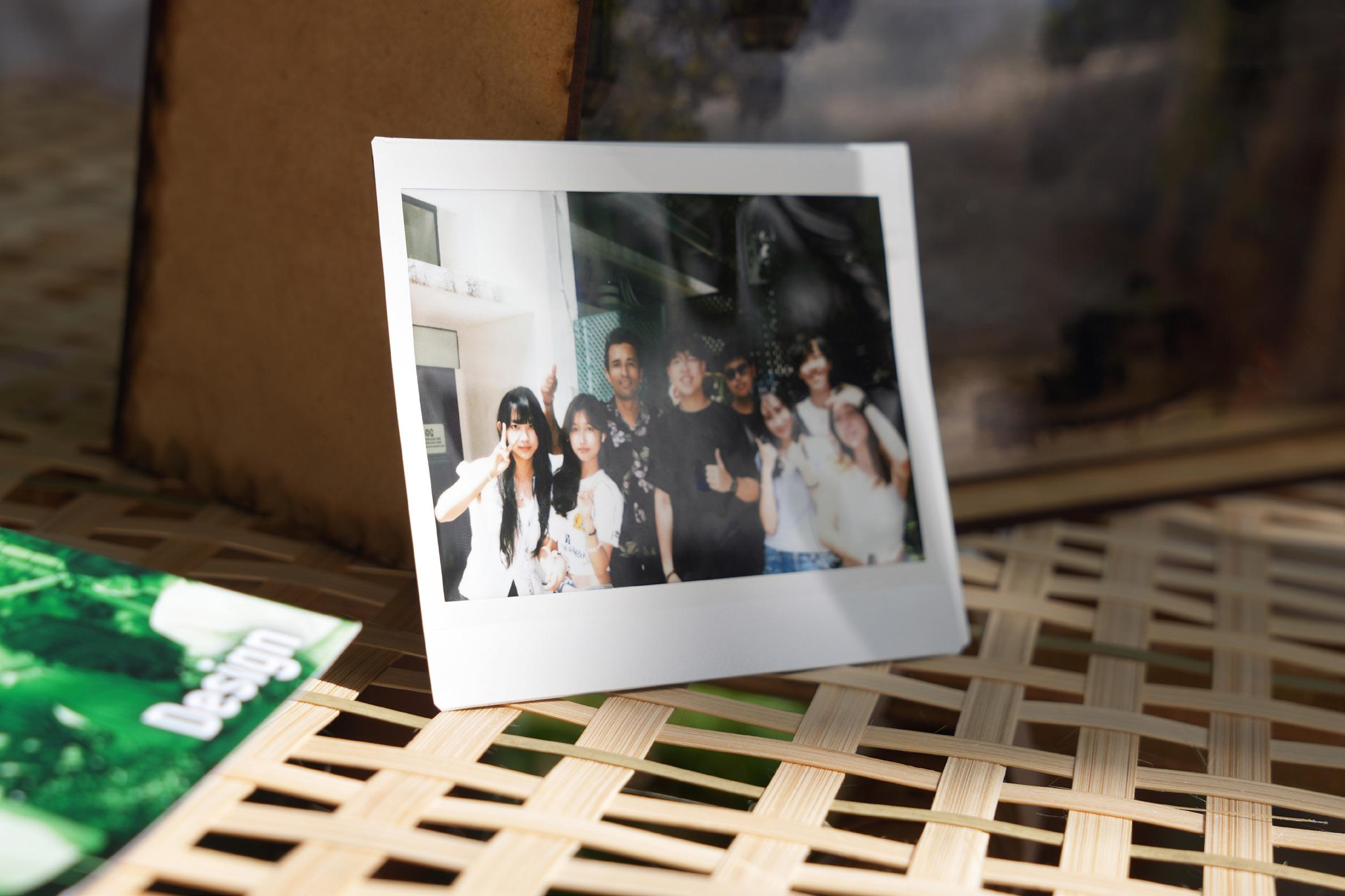

“Plural perspectives are crucial for understanding the complexities of the world we live in and learning from one another. Collaborative environments not only foster emphathy but also recognize different voices as valuable additions.”
Cevallos, B. F. (2023). Career Discovery in Landscape Architecture: Letting the message flow. Yuan Lin: The Journal of the HKILA, 94-95.

field trip to Pak Nai, Yuen Long

PLANNING AND PRODUCTION Francisco D. Cevallos Barragan
WRITING & EDITING Francisco D. Cevallos Barragan, Tat, Tang Chi-tat
BOOK DESIGN Tat, Tang Chi-tat
CDLA2024 ‘INTERTWINED’ CAREER DISCOVERY IN LANDSCAPE ARCHITECTURE
No portion of this book may be reproduced in any form or by any electronic or mechanical means without permissions in writing from the copyright holder.
Manufactured in Hong Kong
First Edition: October 2024
1st Printing
Published by the Division of Landscape Architecture, Faculty of Architecture
Printed by the Printing Shop on 4th Floor at the Knowles Building
The University of Hong Kong, Pokfulam Road, Hong Kong
For questions, concerns or comments, please contact: landscape@hku.hk

CDLA2024 Students:
Chen Siming
Chen Siwei
Chen Yidan
Shu Xiankang
Leung Kizuna Bijou
Yeung Chung Hong
Liu Julie
Shi Kan Ham
Han Yunke
Chan Joelle Zhuowei
To Yuet Tung
Kan King Lun
Lu Yingtong
Liu Ruojiao
Yang Kailan
Yeung Wai Ho

Azangulov Alikhan
Chan Wai Lam
Gan Zilin
Yao Ruiling
Ye Yicai
Yin Zixuan
Vassileva Victoria Nikolaeva
Yip Tsz Loi
Koo Ho Long
Ye Zihan
Zhang Xingyi
Zhang Yutian
Zhu Xinran
Ip Tsz Yee Melody
Ng Yu Wun Alvin
Wong Ching Hei

